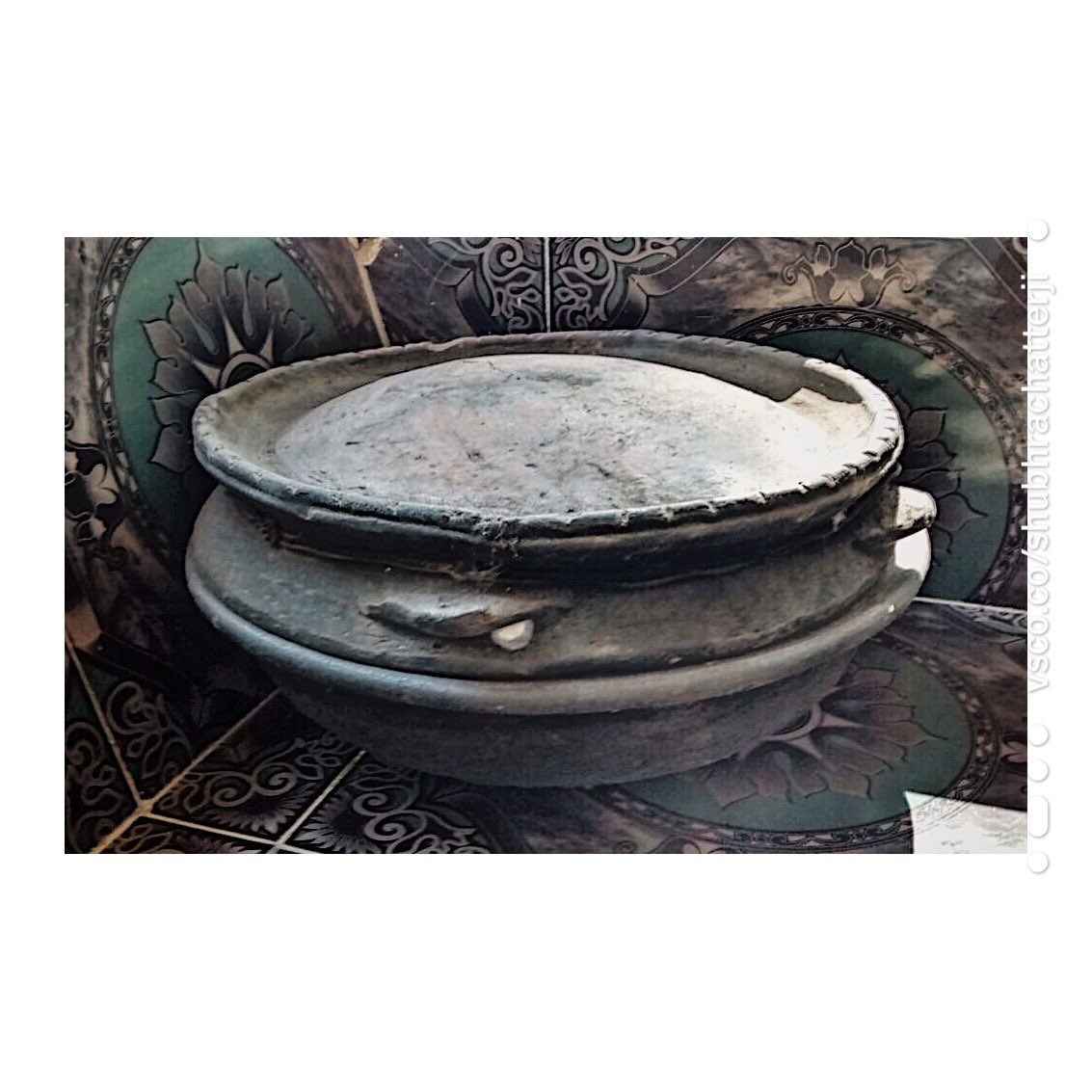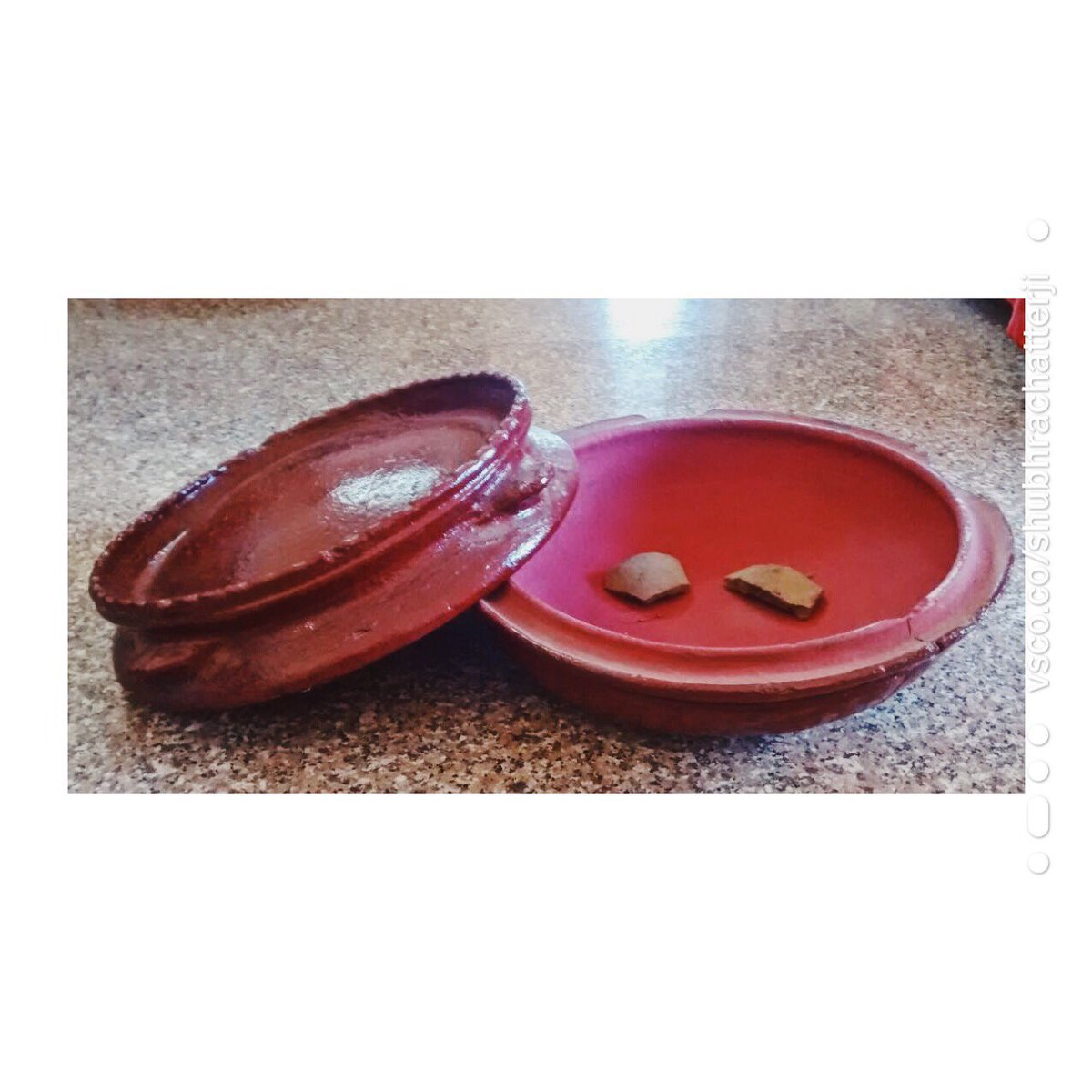Because I shoot food-shows all over the country, I come across some incredible traditional kitchens and bartan. This is in a village in the mountains of Tons Valley in Garhwal. I love the kanse ke bartan. And just look at those two-ended tools in the last pic! Ingenious.
Some more bartan from the same mountain village in the Tons Valley. Garhwal is where both the Ganga & Yamuna take birth, the Tons is the third great river that took birth there & believed to have - according to local myths, at one time, hit the plains and become the Saraswati.
Doing a thread on some really cool kitchens & vessels from around India. This beauty is a kitchen that’s about 200 years old, in a house sitting pretty in a mango orchards in Ratnagiri district, along the Konkan coast. Note the missing tiles in the roof doubling up as a chimney.
And this massive angeethi (about 80-100 years old) biding its time in a fort in #Shekhawati, #Rajasthan... where unsurprisingly everything is ‘King size’ & skewed towards feeding a couple of dozen people at a time at least. These were used to cook large quantities of shikar meat.
One of my favourites. This is in a tribal village in Arakku valley - border of Odisha & Andhra. Pic 1 has the kitchen inside the house, pic 2 is the chulah in the veranda of the house, pic 3 is from the veranda looking into the kitchen, and pic 4 is the lady of the house. 

A bonus. The exterior of a house in a tribal settlement in Arakku valley, Andhra Pradesh. This is the famous #Arakku #Coffee being dried here. Frond-baskets such as in Pic 3 are used to store/carry/dry most produce.
Not vessels but biodegradable packaging! Posts about a supermarket using banana leaf for packaging did rounds on social media a few months ago, but this how we have been doing things forEVER! Time we look inwards for inspiration. This is in a tribal village in Arakku Valley.
A tiny kitchen in North Karnataka, near Koppal. Plastics are beginning to make their way in but this beautiful choolah remains intact. In coastal areas you will find coconuts husk burning along with firewood in choolahs - used to fire up the logs of wood.
This absolute stunner of a choolah with beautiful Kolam all over it. This is in Anegundi, across the river from Hampi.
Ignore my script at bottom right. :)
Ignore my script at bottom right. :)
Bamboo as a vessel. This is in Uttarandhra, but I’ve seen the same practice in Sikkim and many parts of the the North East too. I’ve heard of bamboo stems being used to cook in, in some tribal communities in Maharashtra too but haven’t ever seen that myself.
A village in Bastar where the Adivasi use sal leaves to make basic vessels to eat & cook in, other than that there are clay pots and some beautiful alloy & steel that is seen. Kitchens hold the bare minimum, food is often foraged & fresh and not much is stored over long periods.
Not a kitchen but I couldn’t leave out these shots of the Chai-shop staple ‘chai ki ketli’. This is from a tea stall in Guwahati, & the Pritha (rice cakes) you see in Pic 1 are ‘Ketli Pitha’ steamed in the cylindrical dhakkans of these ketlis while the chai brews. Mindblowing na?
Old pic is a beautiful kitchen in rural Sikkim. Kansa bartans rule the roost here as well. On the left is the raised wood-fire choolah, you can see where the log of wood goes in. Underneath this is an area to store the wood.
One from the archives. This collection of old vessels - hamam dastas, a mahi tawa, chakkis, can you identify each of these? These are on display at the city palace in Udaipur. I wonder what the rod with spikes is for. Anyone knows?
This here is a traditional Poder’s kitchen in Goa, a wood fire oven to boot. The over is fired up every morning & evening and while the wife rolls out the Poee, the husband bakes them in batches in that glorious oven. The dough is kneaded by both before this process is begun.
Pink & green! This quaint little kitchen of a 75-year-old house in an apple orchard in Jubbal, HP. The family now uses the newer modern kitchen but have restored (beautifully) this old one. That pipe serving as a chimney, lovely. Covered floors & seating cos very harsh winters.
Not from a shoot but I found these beauties at the British Museum in London. Mother of Pearl cups from 17th Century CE Gujarat. Made for European collectors, the label says.
The mega-kitchen with mega-bartans at the Golden Temple, Amritsar. Running 24/7 & feeding up to 100,000 people a day. Image 2 is of water put to boil for chai. A hall full of roti makers make 200,000 rotis a day on an average. Amazingly, this is 90% volunteer (Sevadaar) run.
Another kitchen that feeds thousands everyday (and Indian Railways has one like this at practically every major junction/terminus.) this is at CST, Mumbai. And that’s what the passengers traveling from CST to Jaipur by the 12239 Duronto ate on 28/6/18. :)
A traditional tin Rasam pot called a Eeya Paathram. (This one is my MILs, bought from a shop in Kumbakonam) The tin alloy the pot is made of has a low melting point & pots are known to melt into a ball of alloy if kept on fire without water/rasam in them!
This gorgeous Lagan (from Lucknow) and that flat square karchi inside it - what is it called? Does it have a name? Or is it just another generic ‘karchi’?
Miniature clay pots from Mature Harappan Sites - Dholavira, Chanhudaro, Mohejodaro, Harappa. (2700-2000 BCE) 


 Read on Twitter
Read on Twitter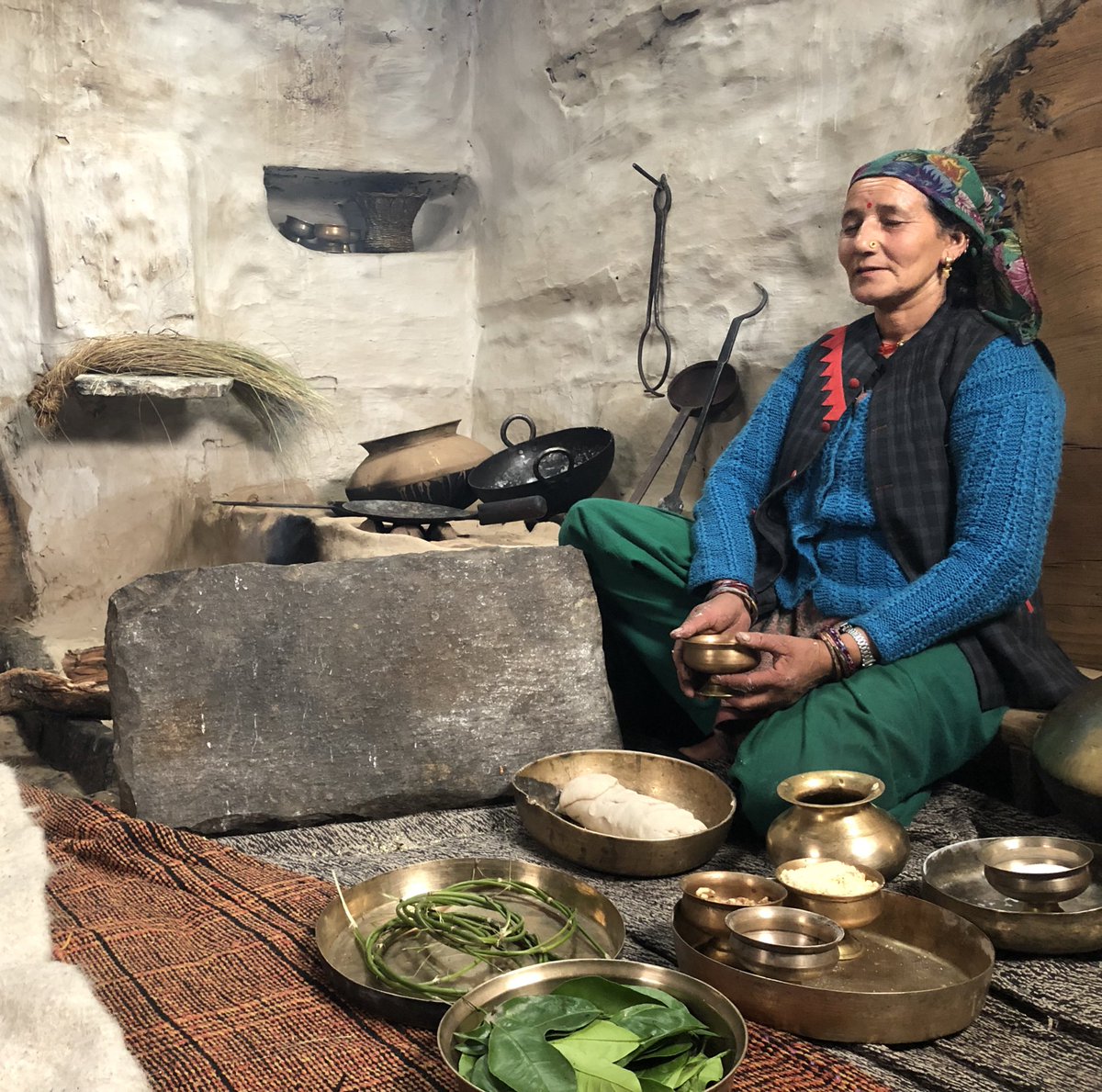
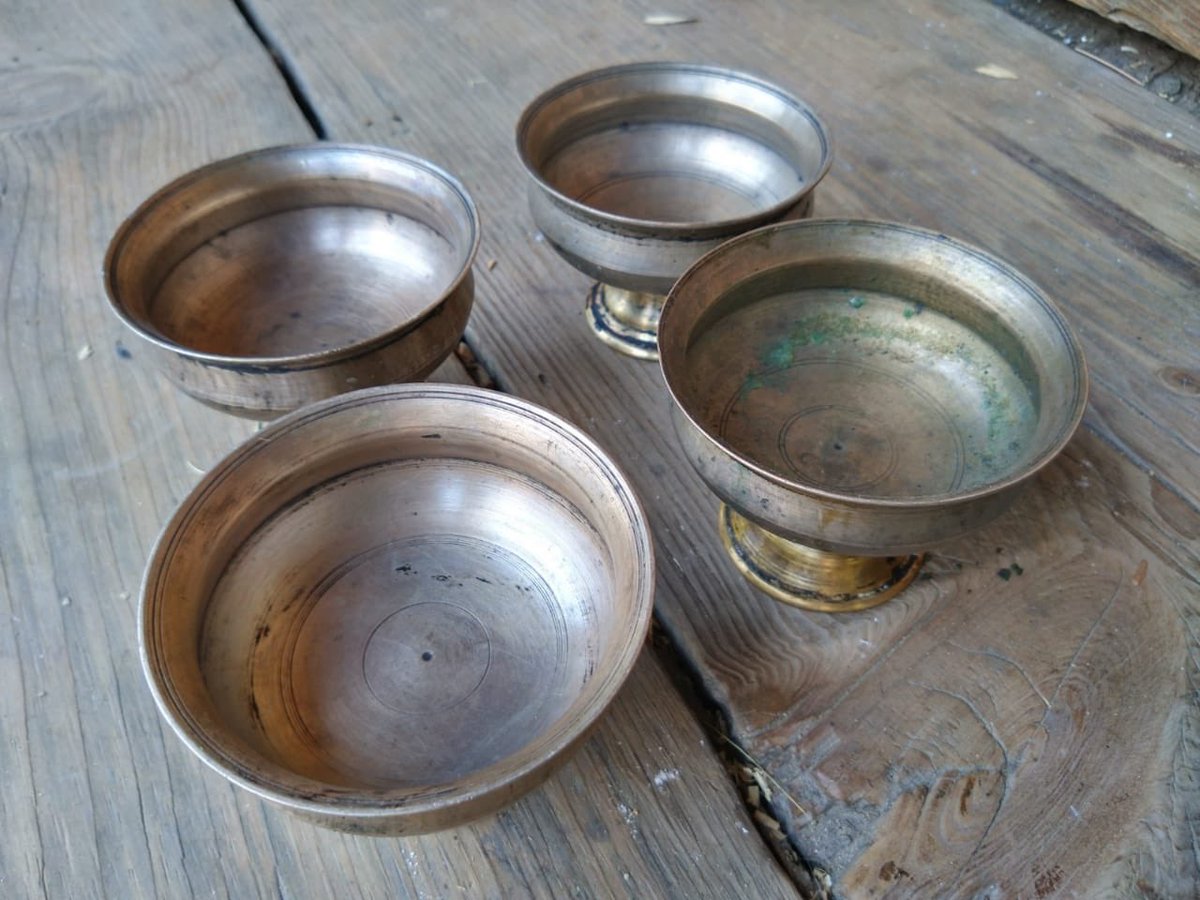
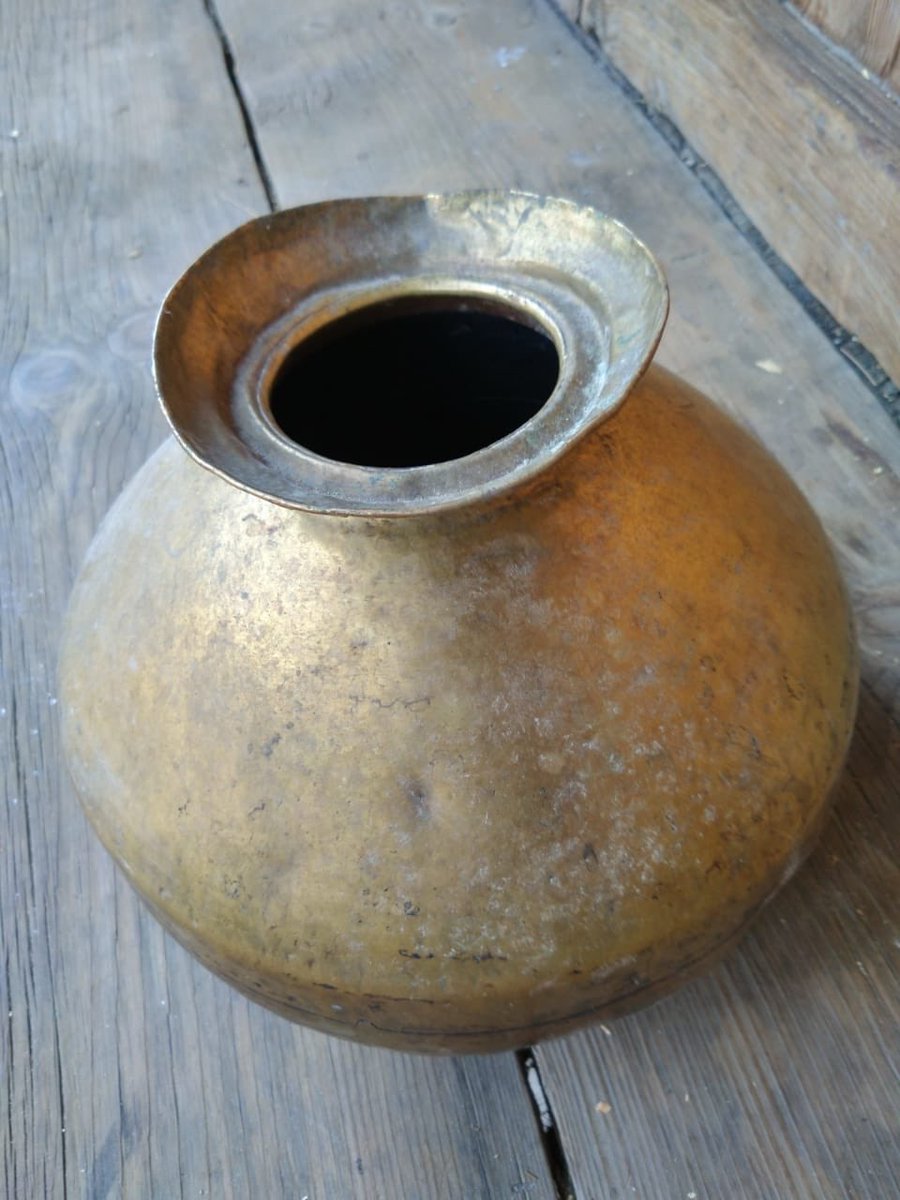
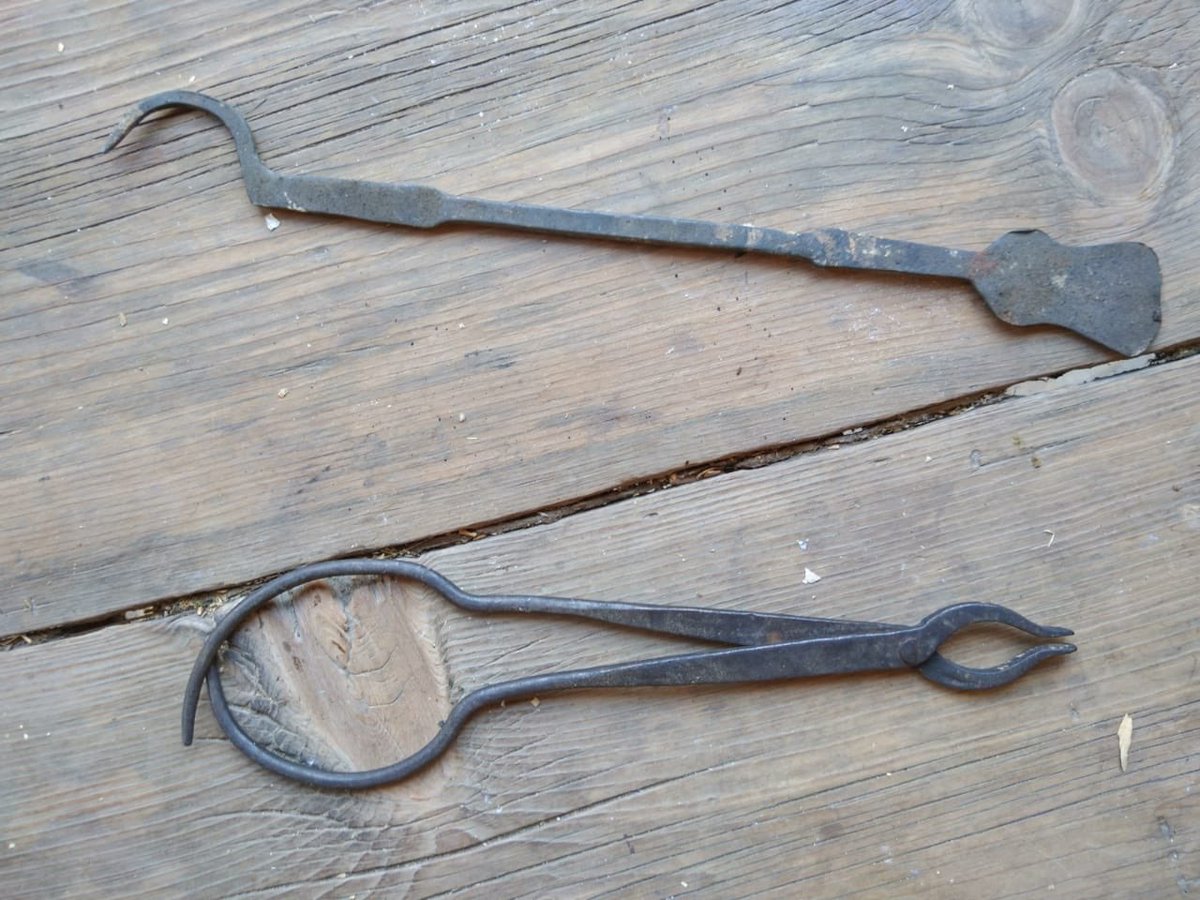
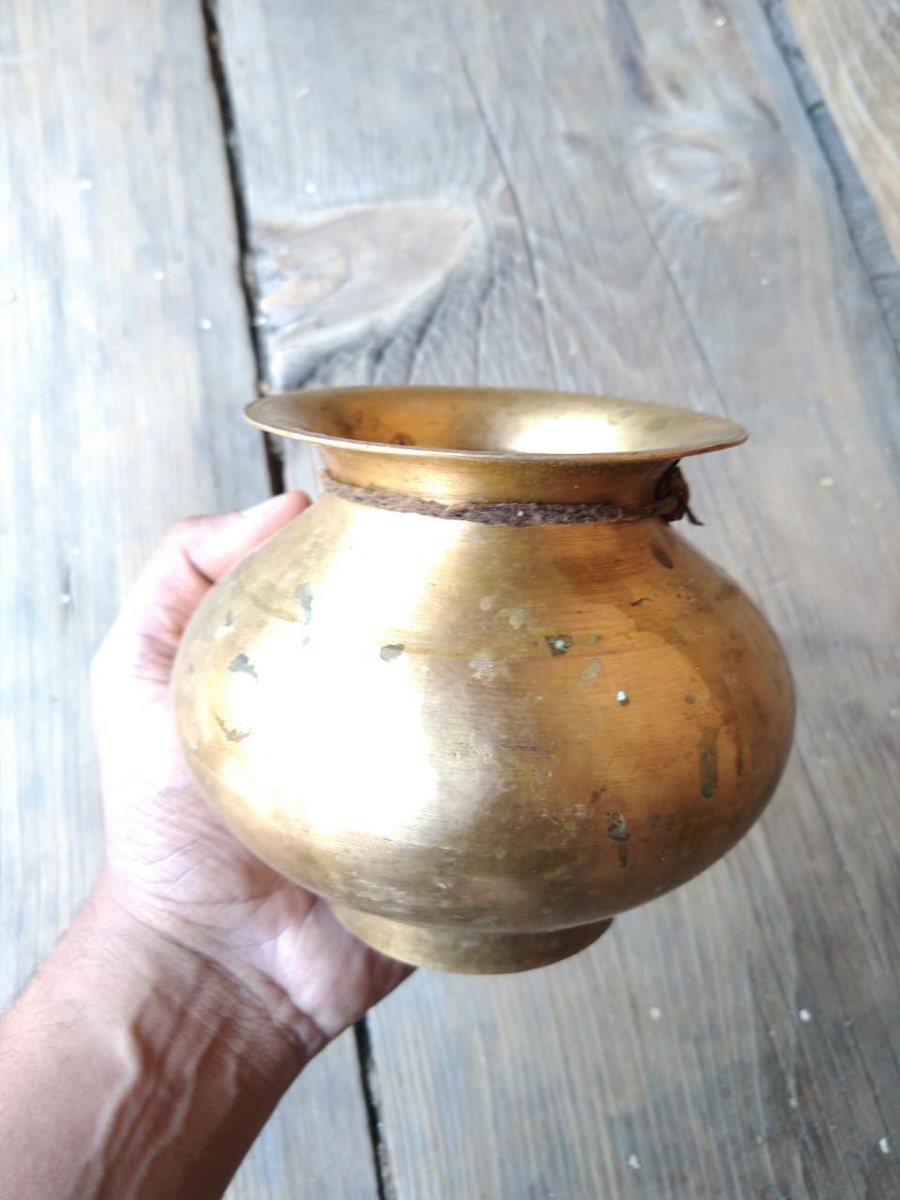
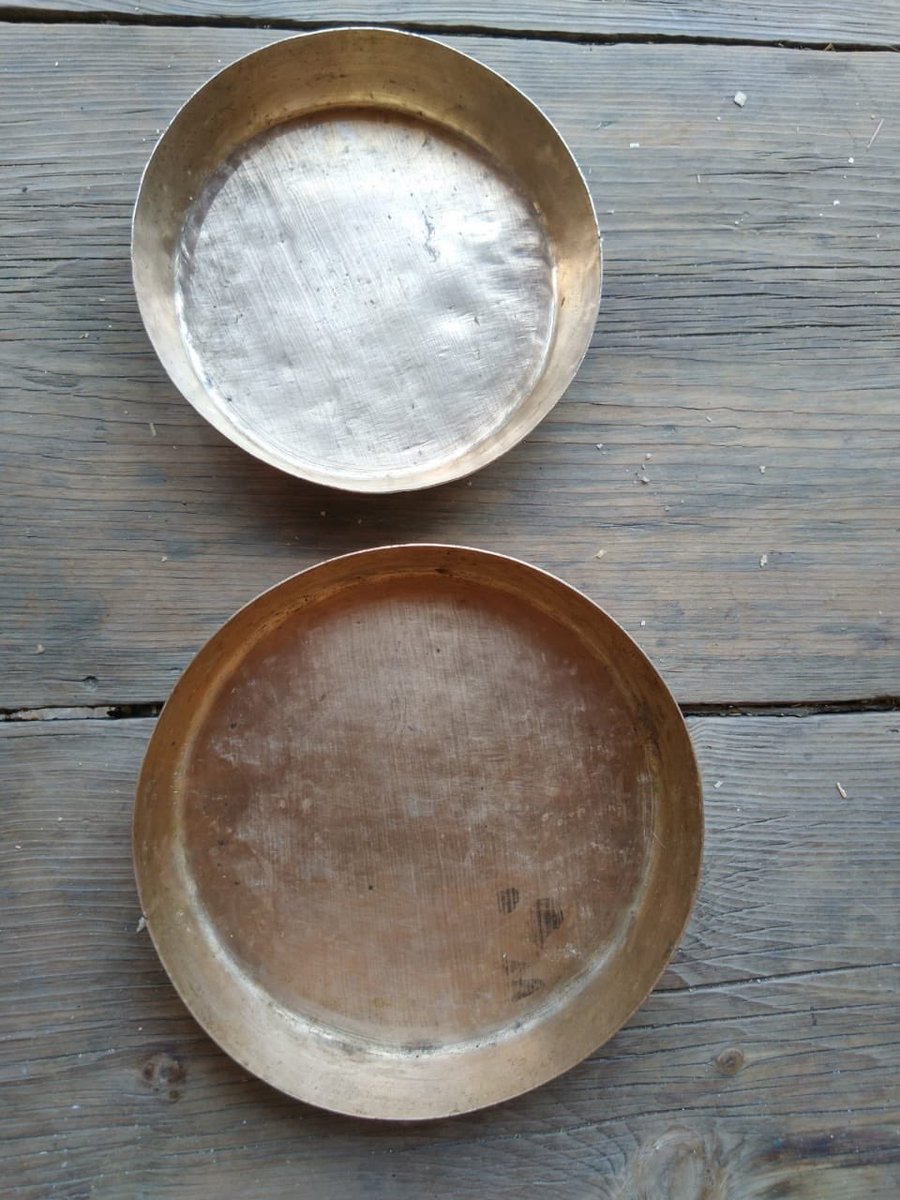
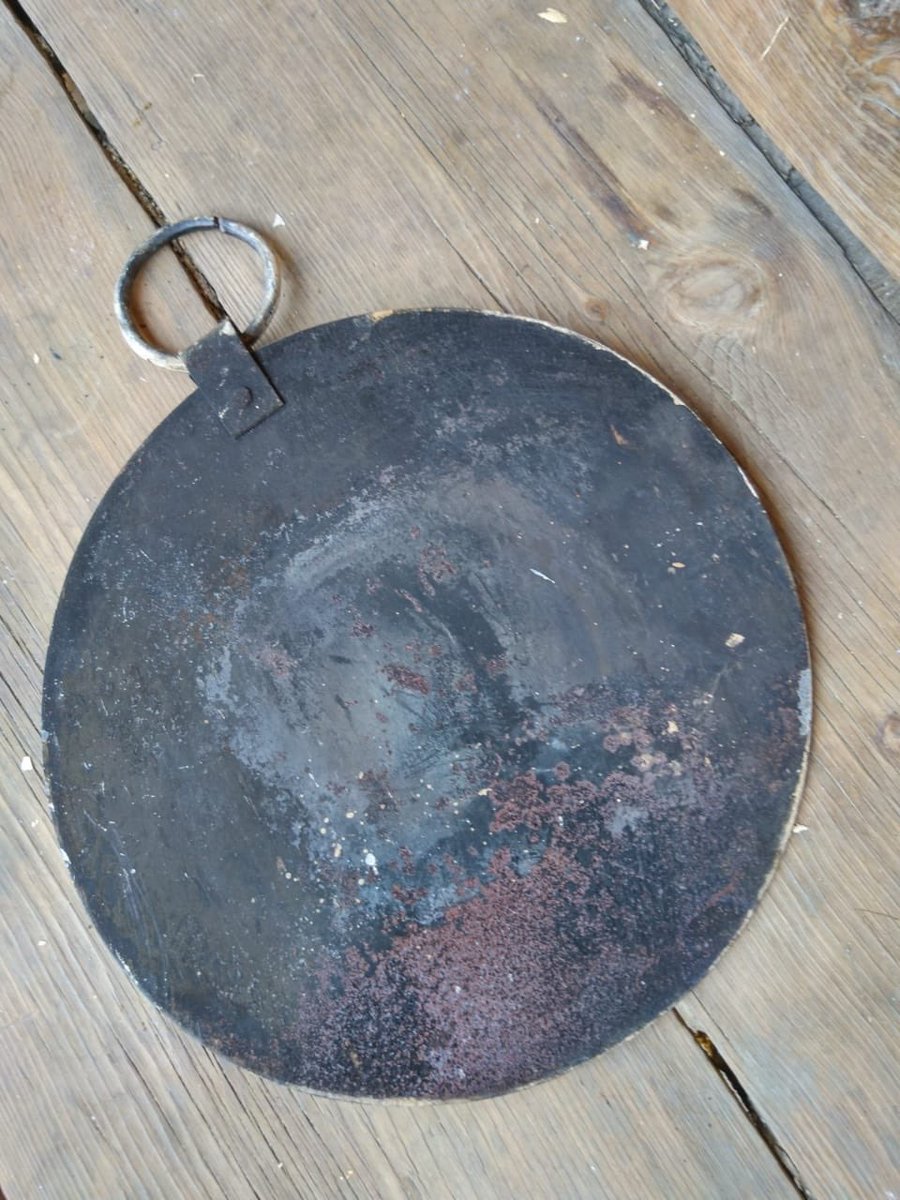
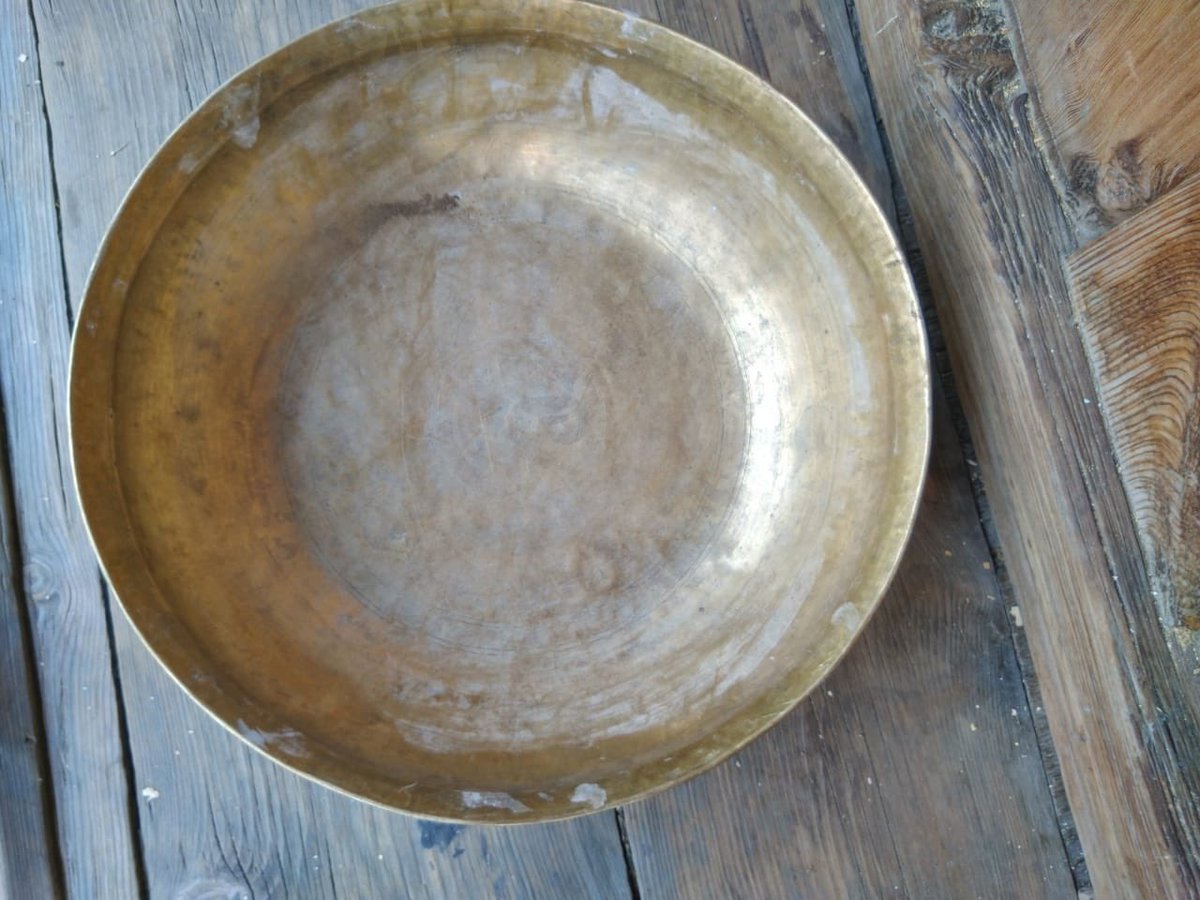
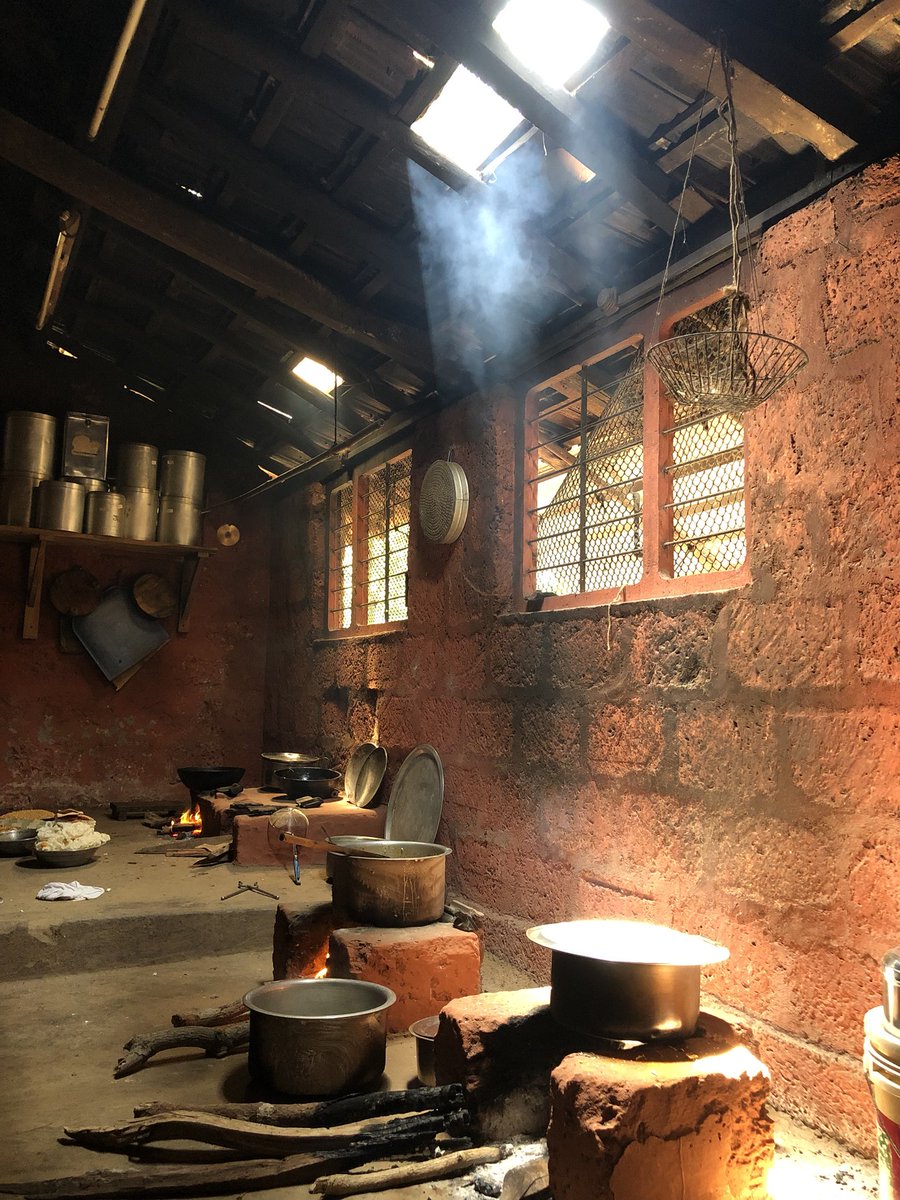
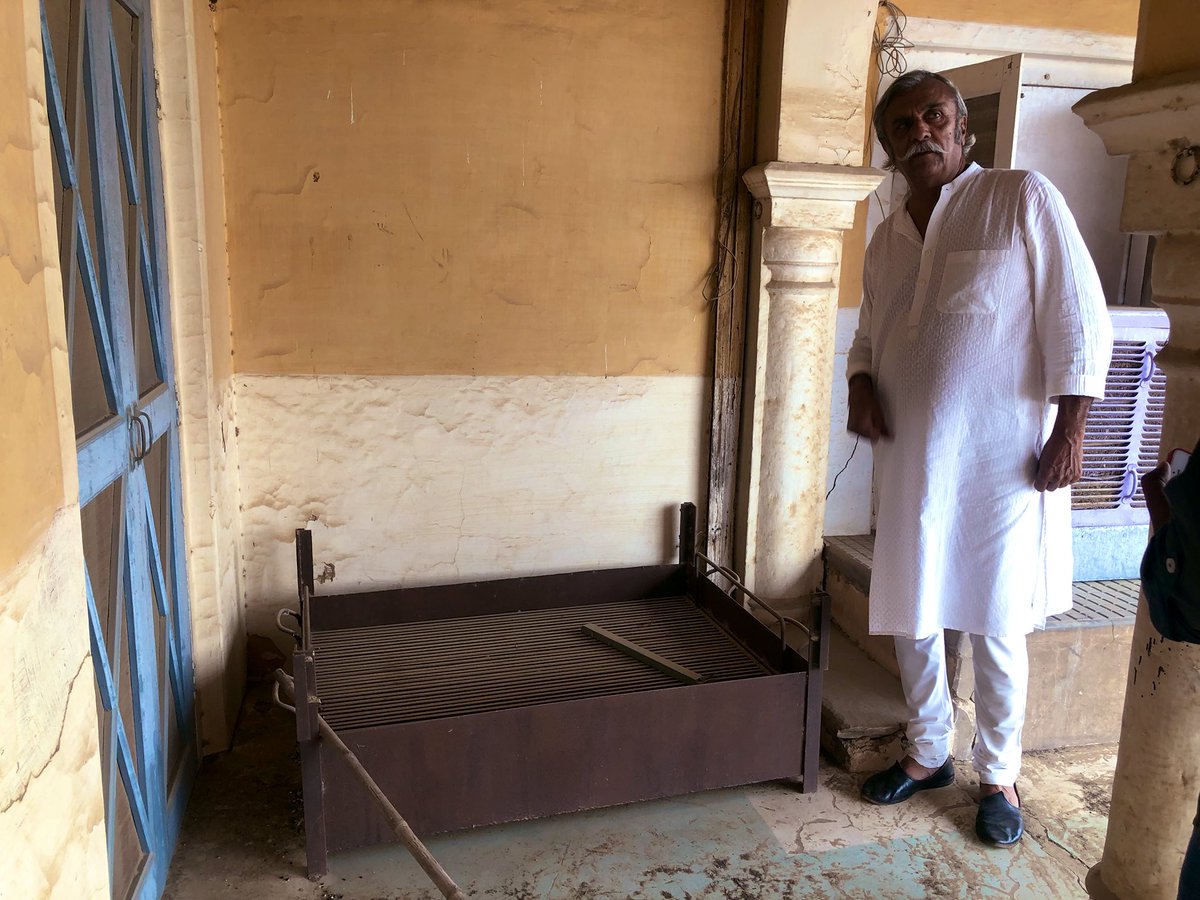
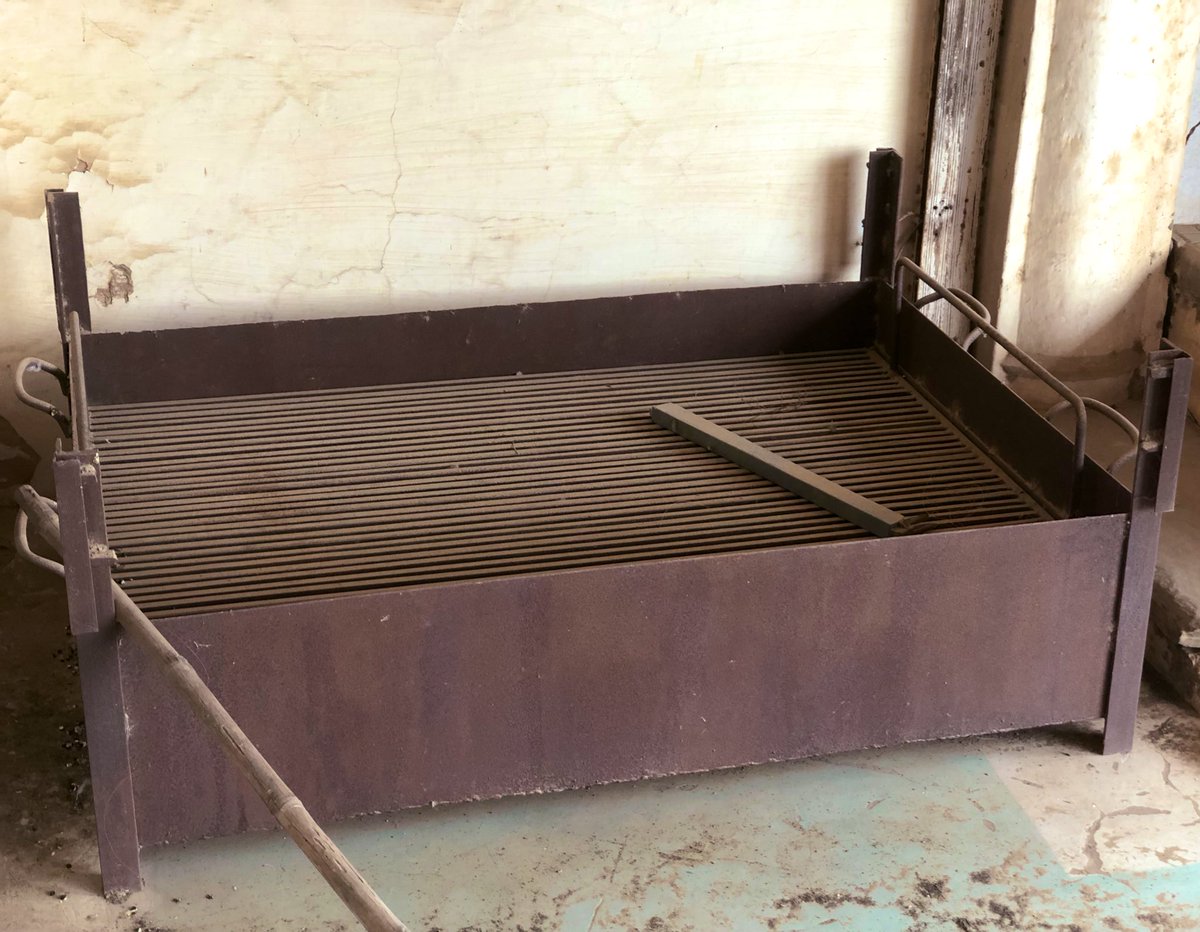
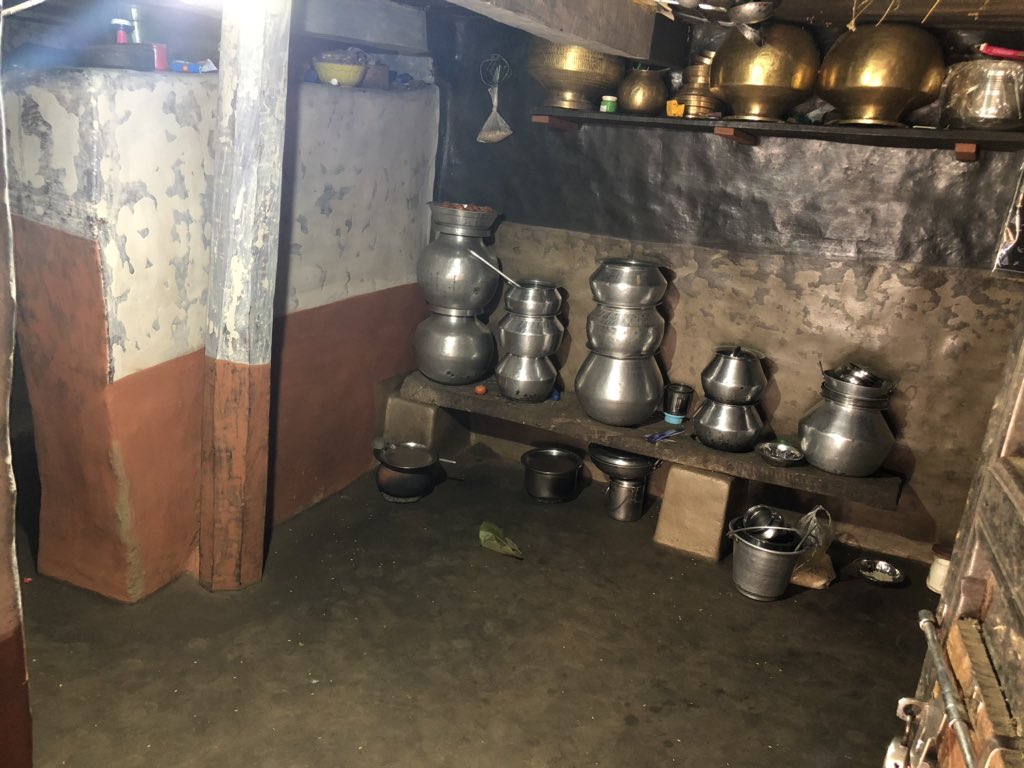
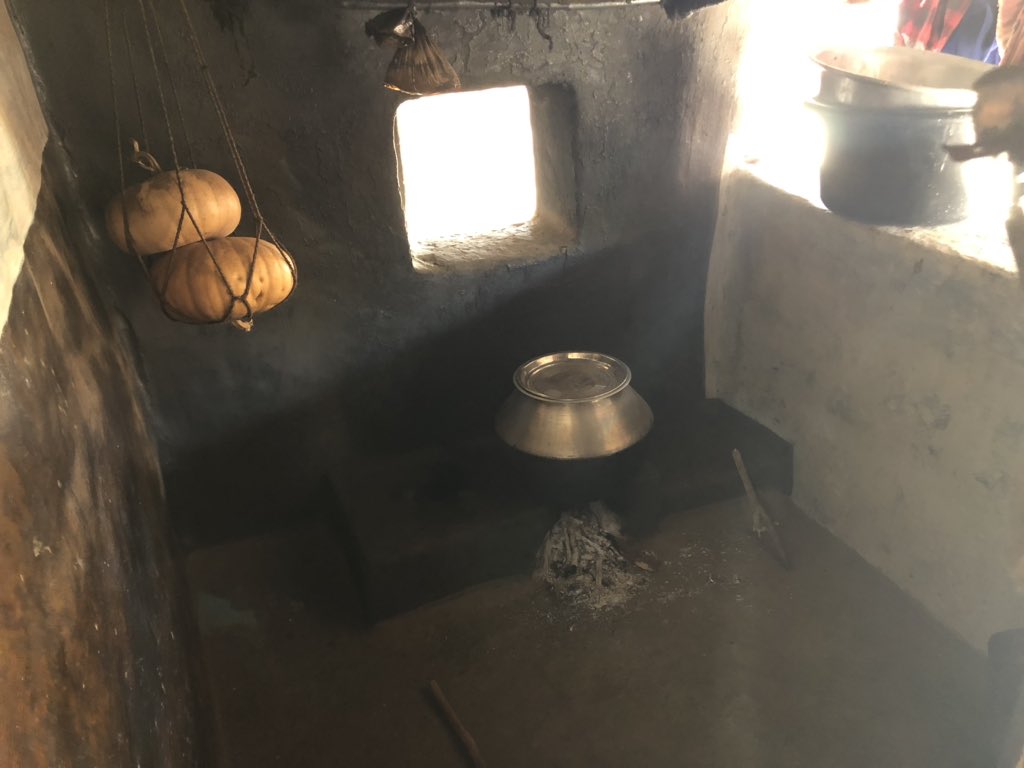
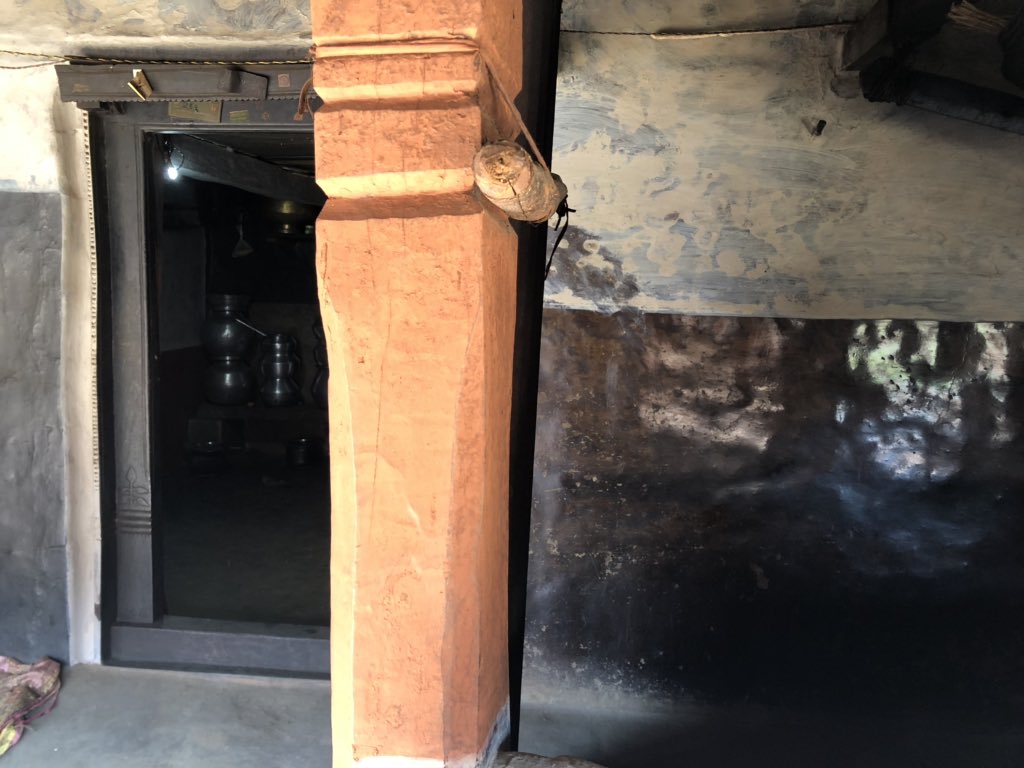
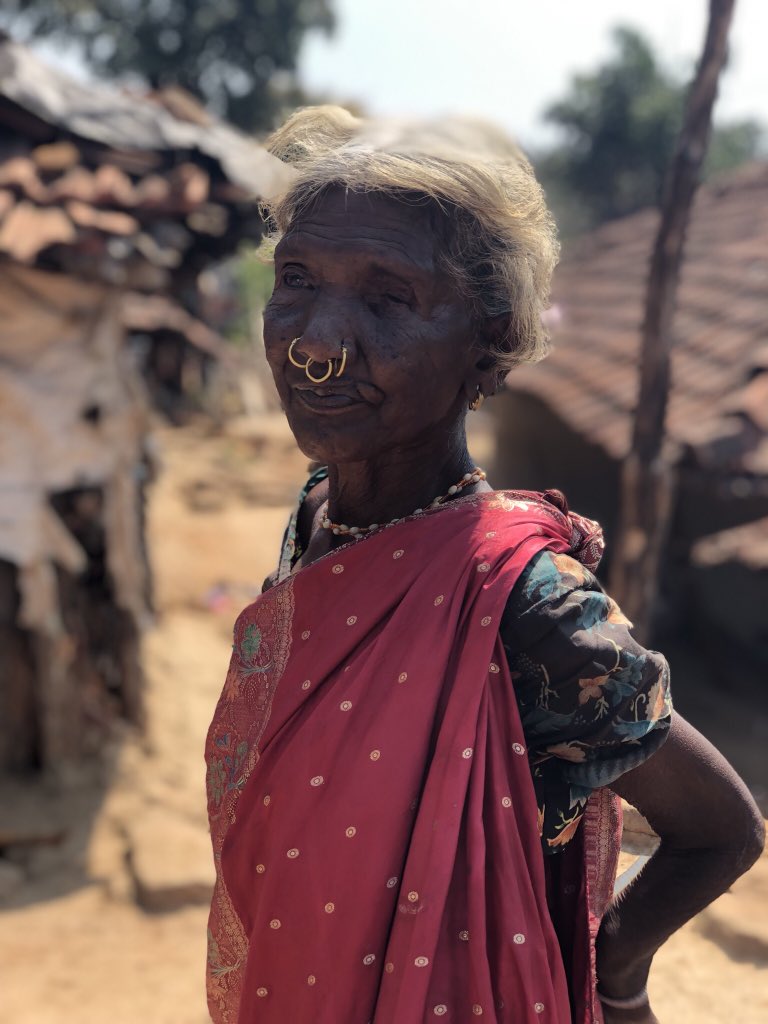
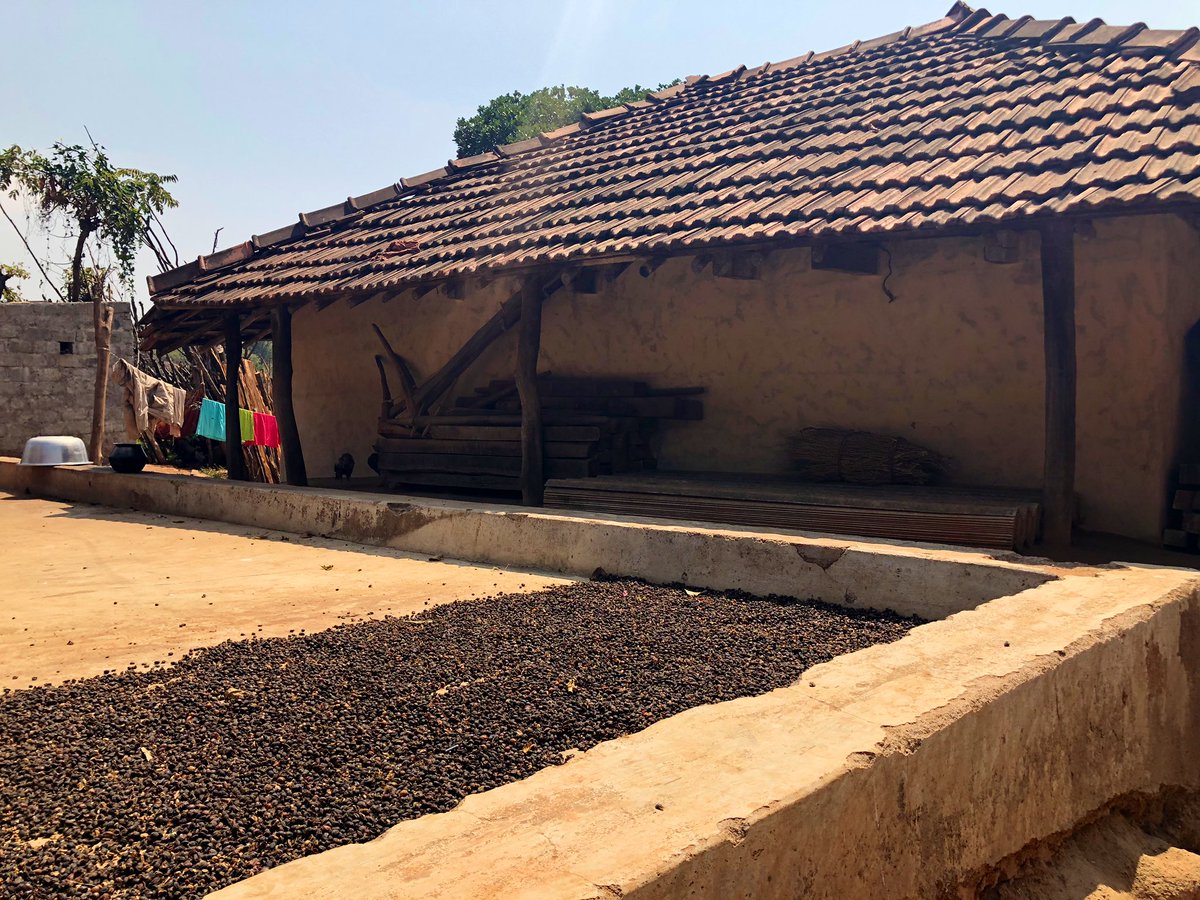
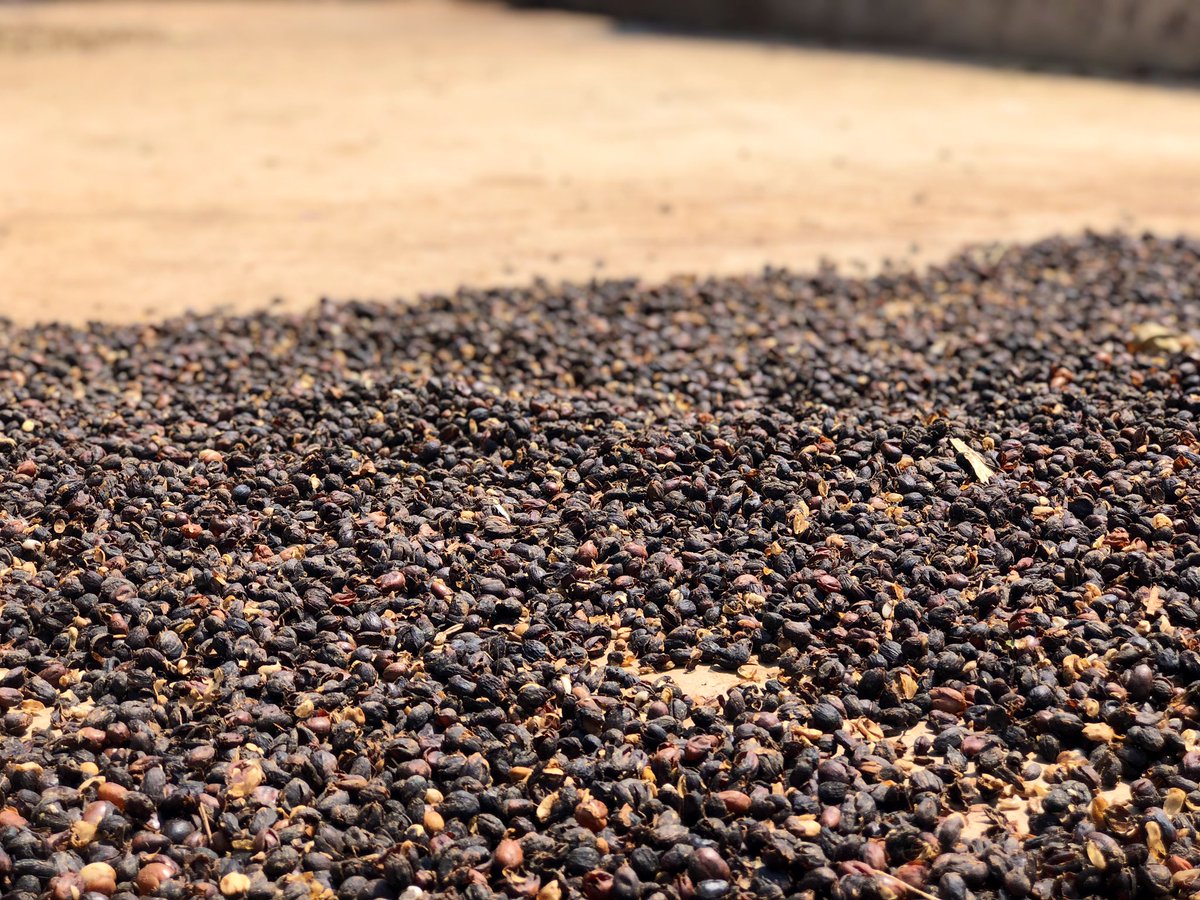
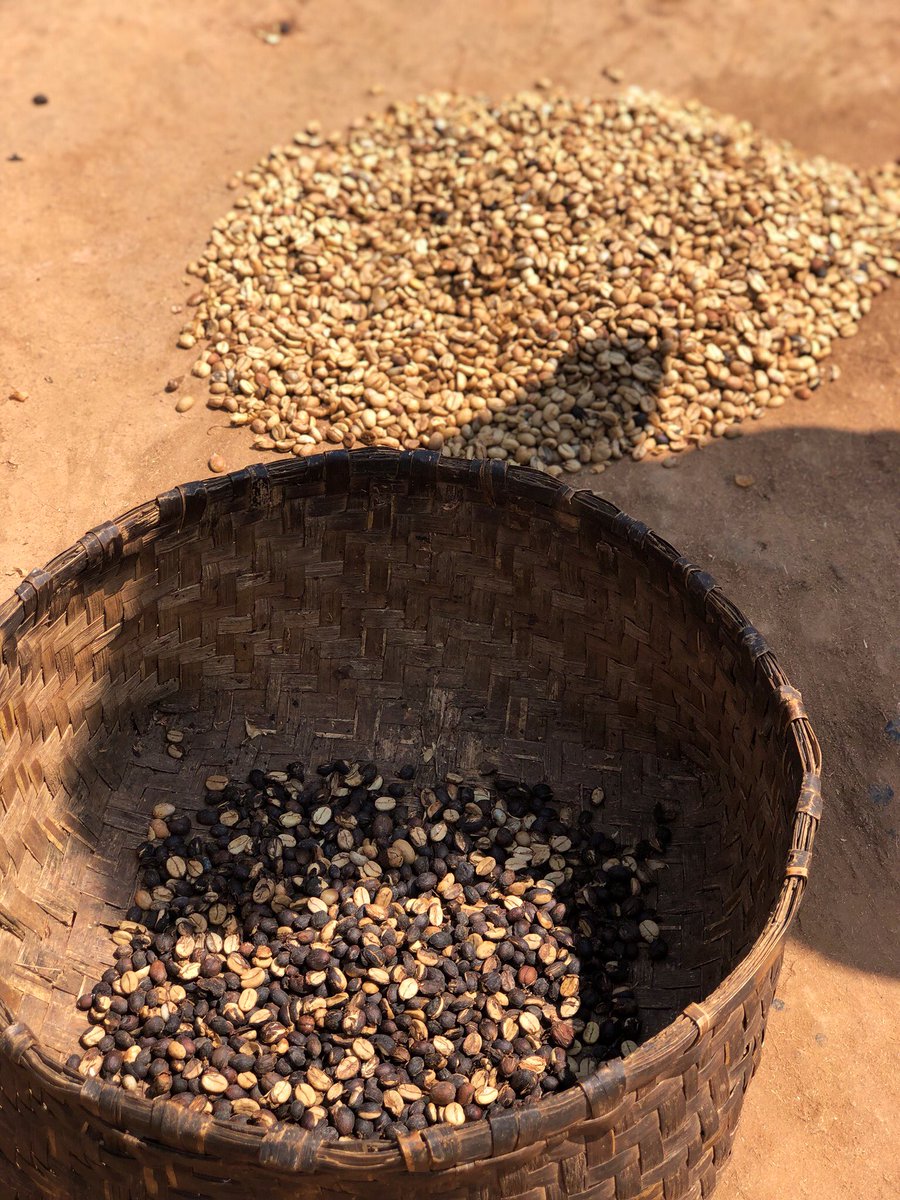
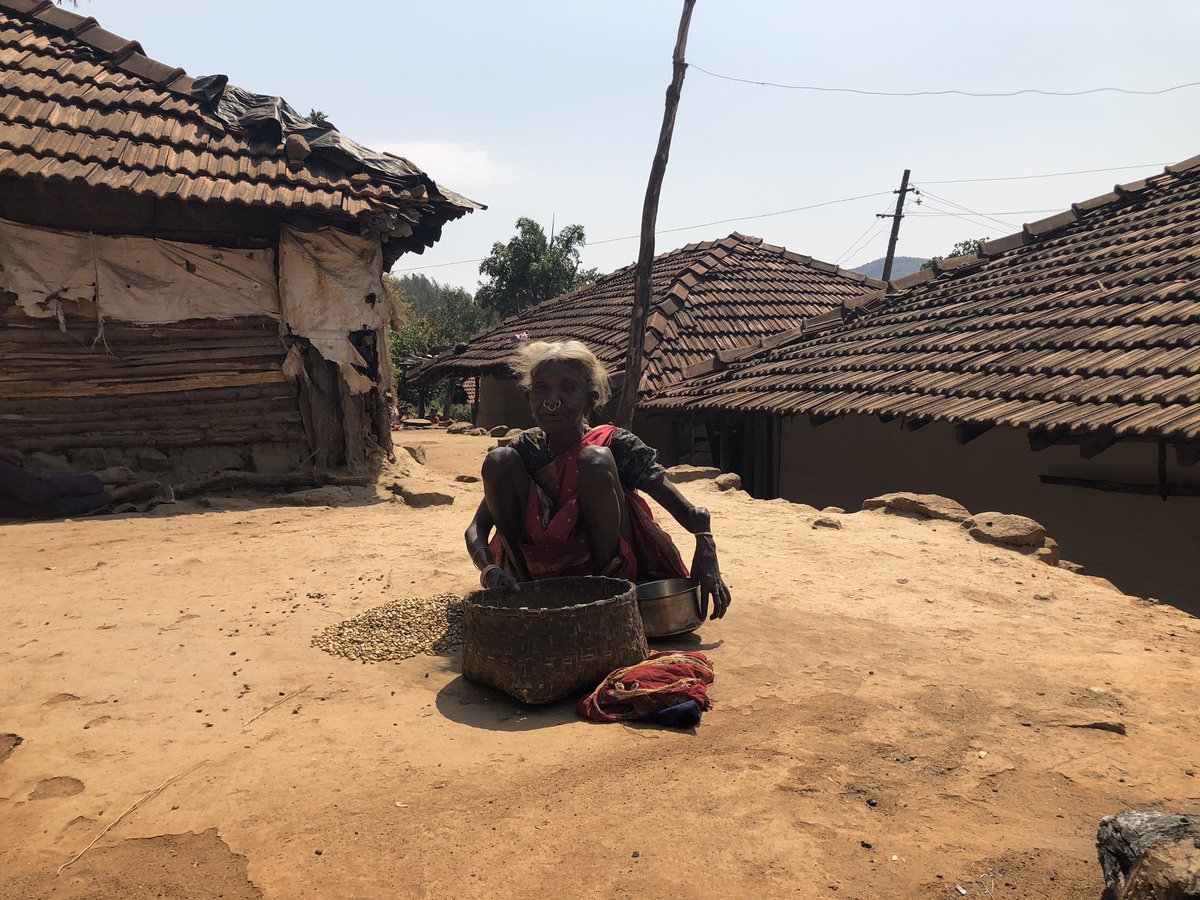
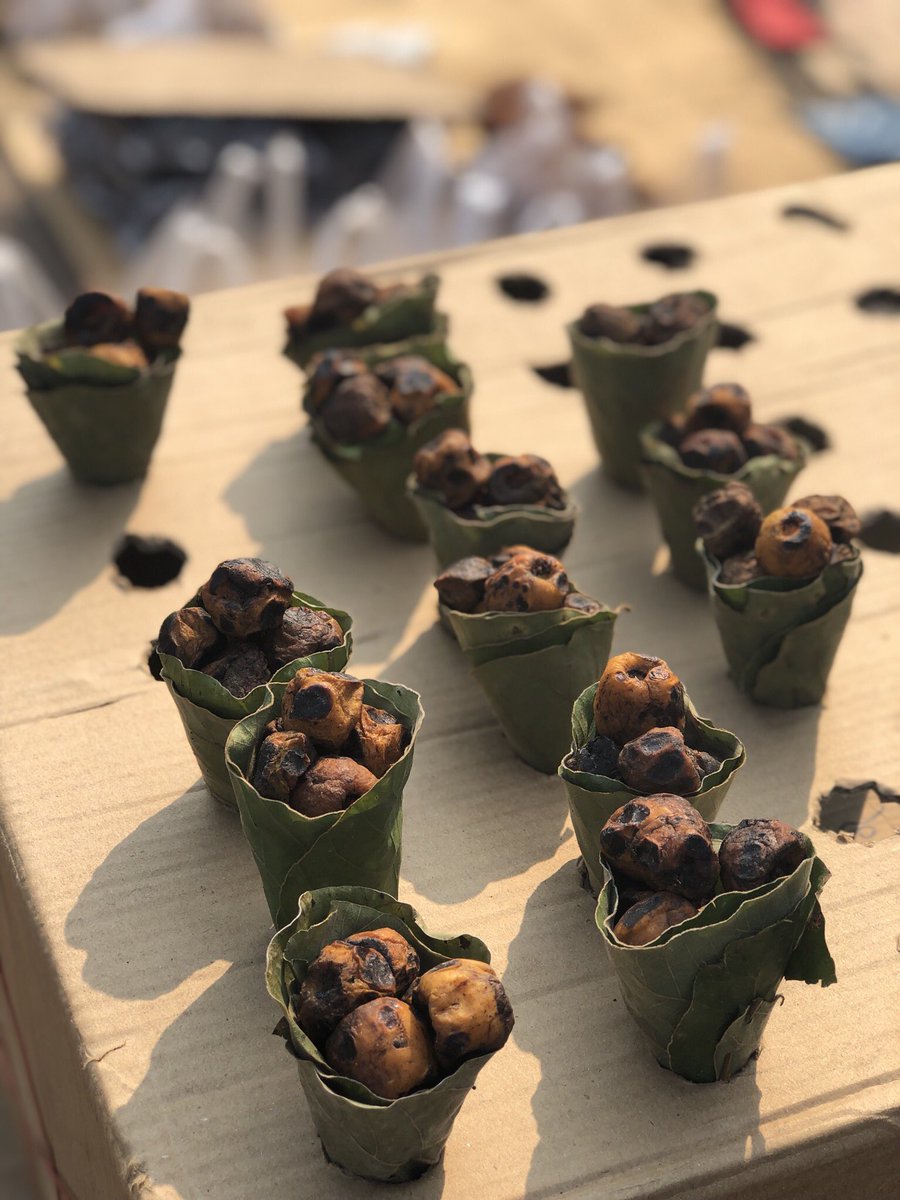
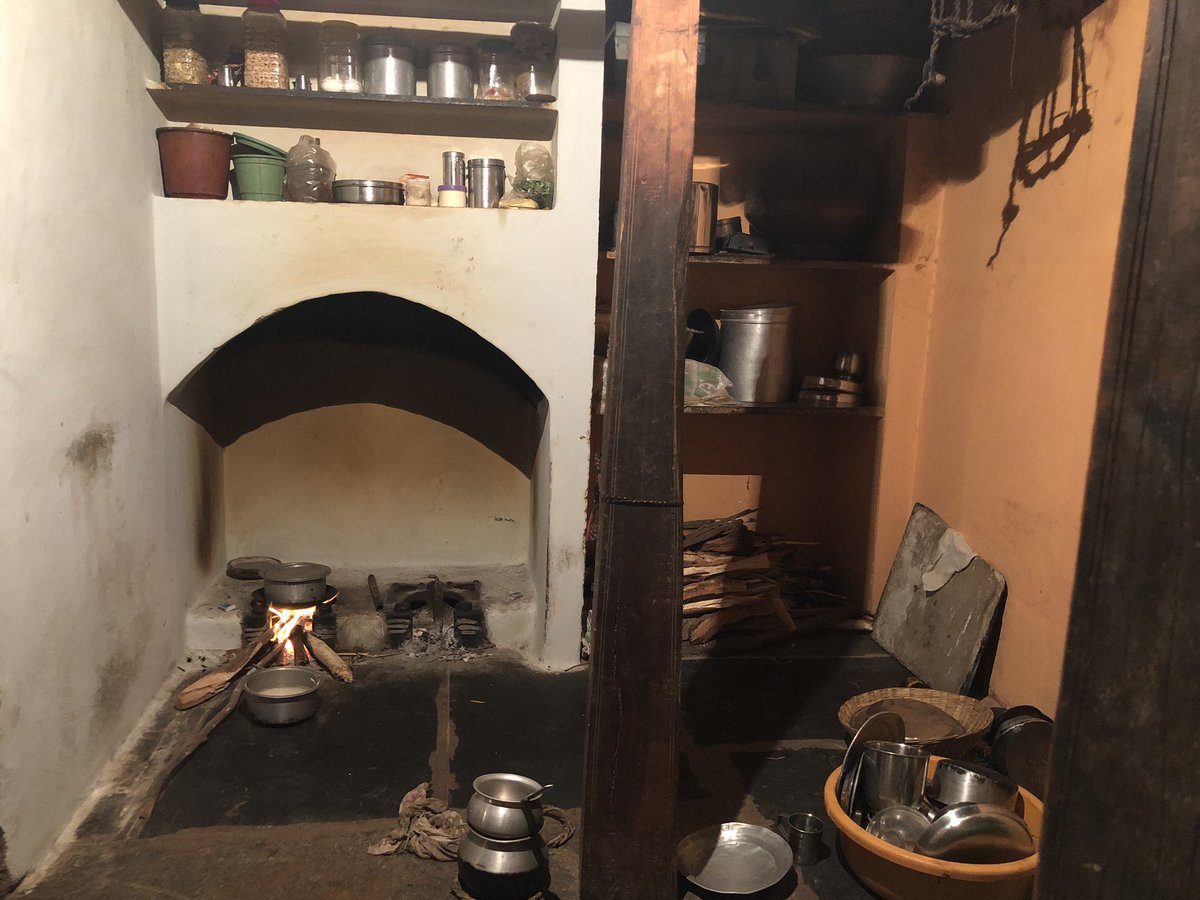
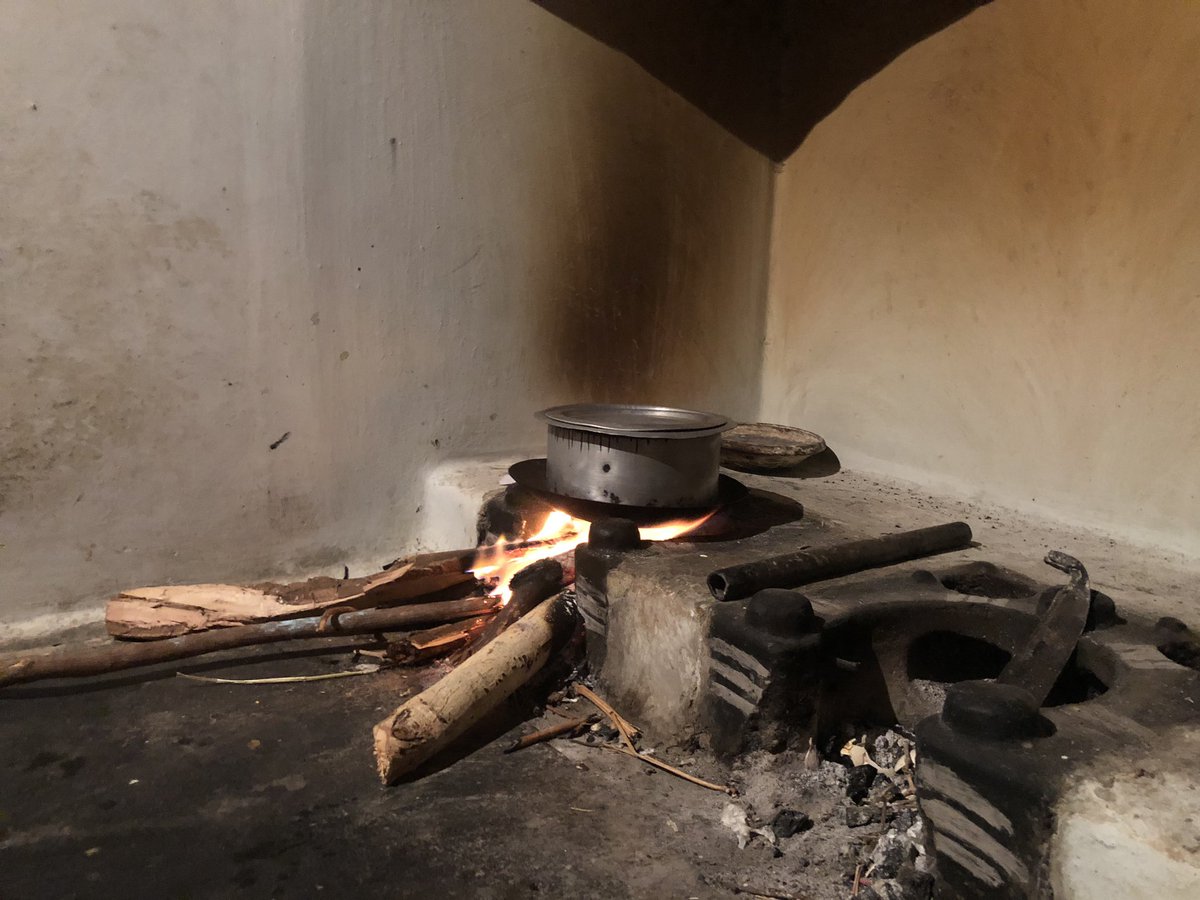
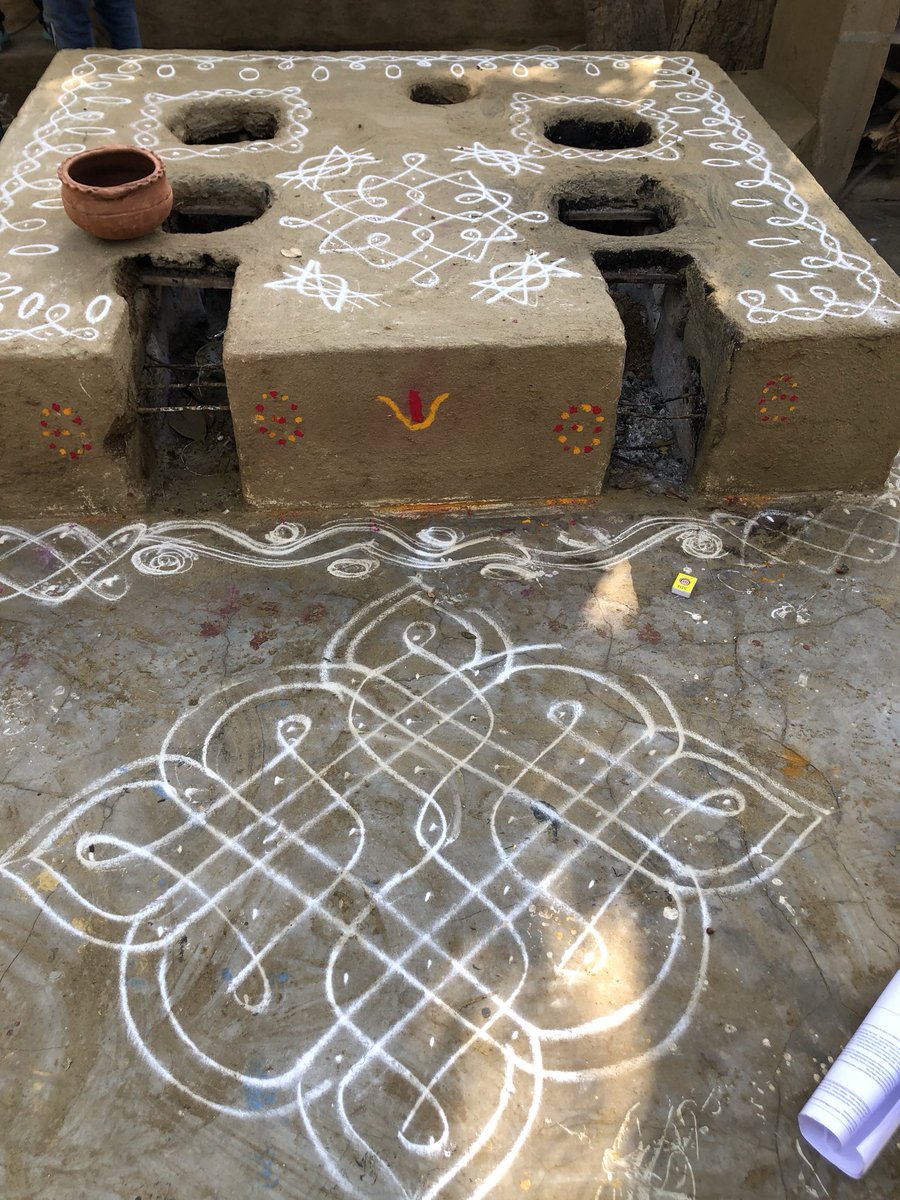
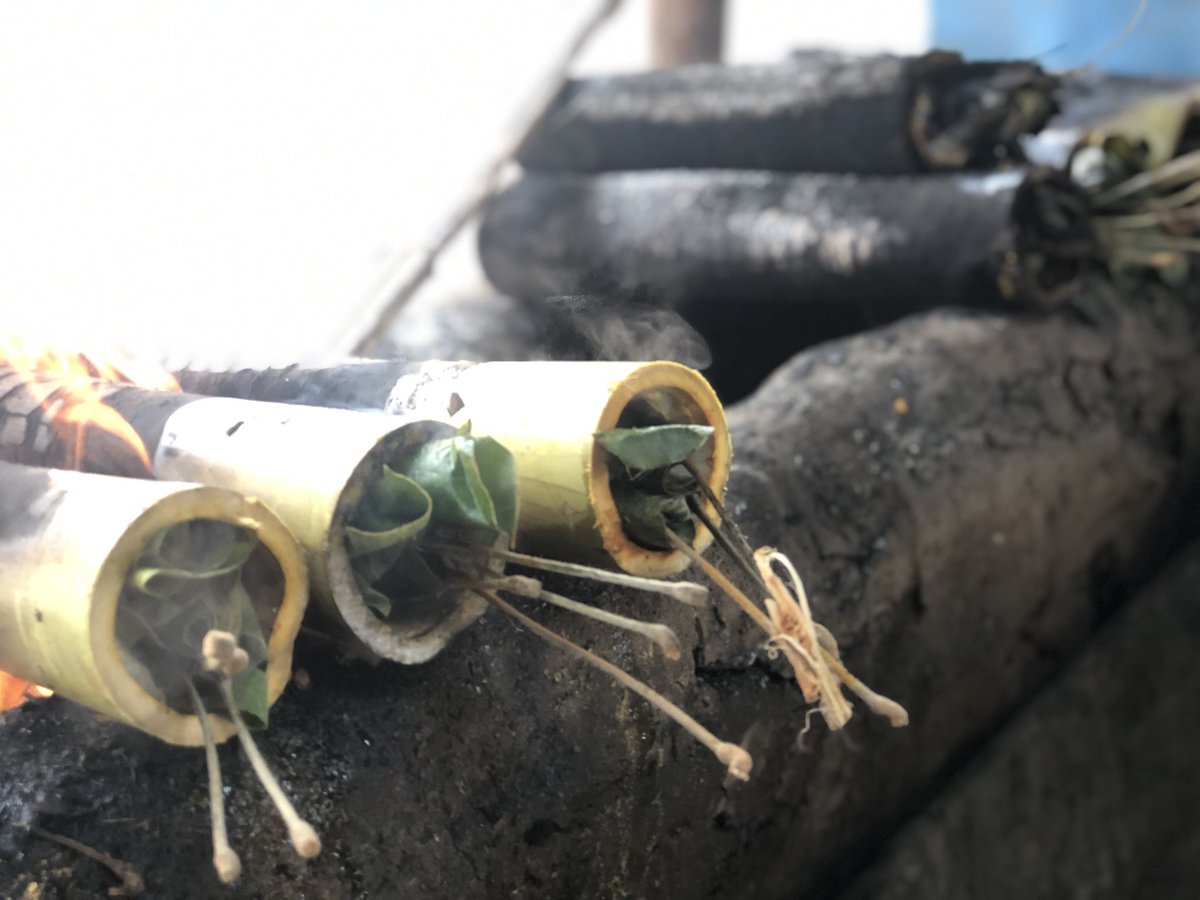
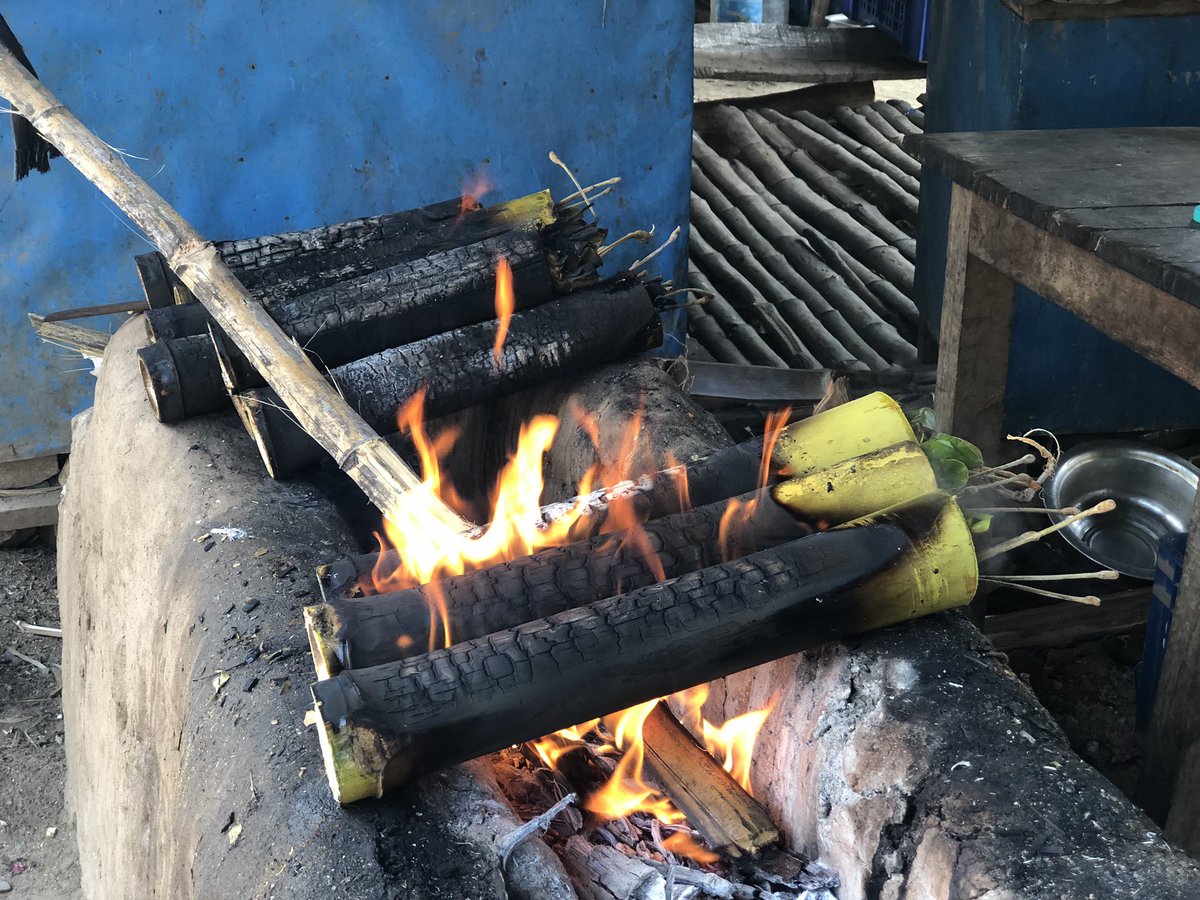
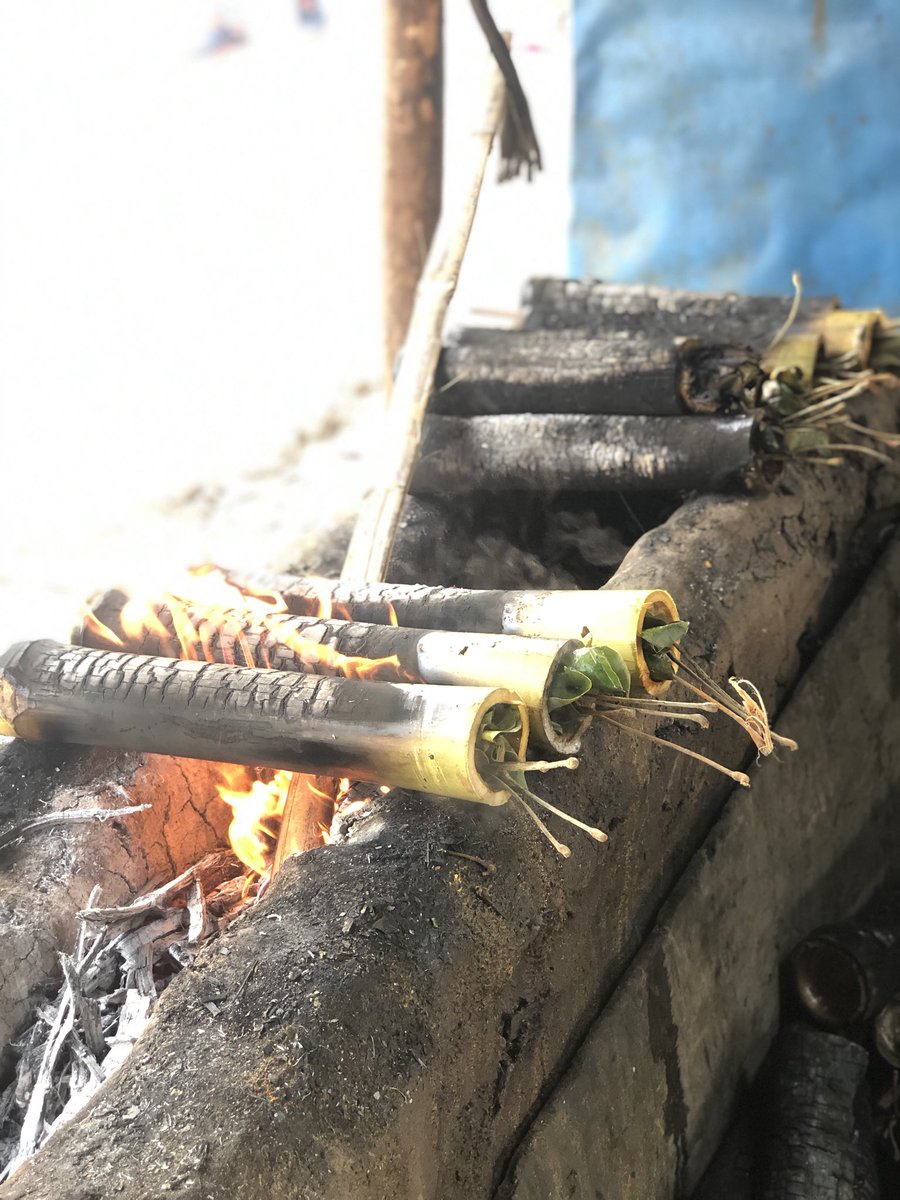
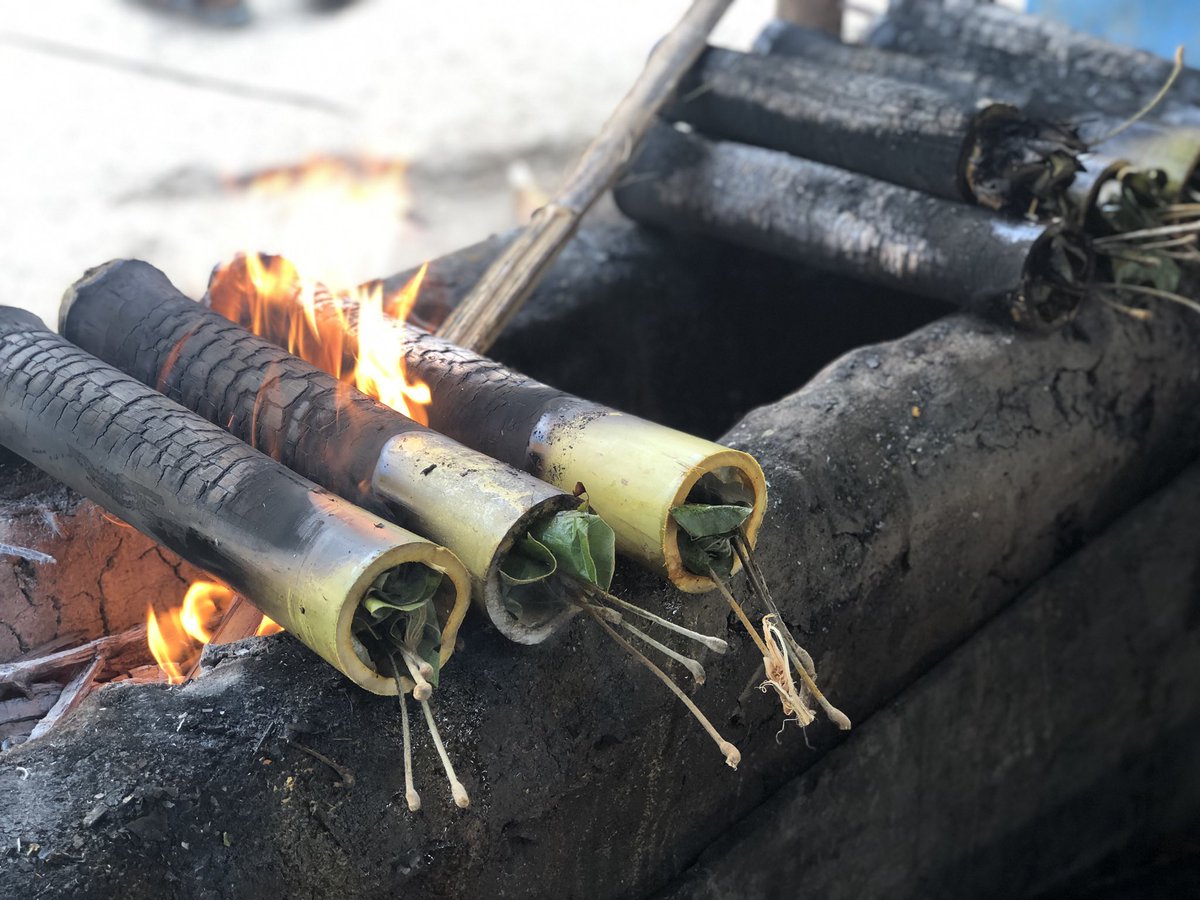
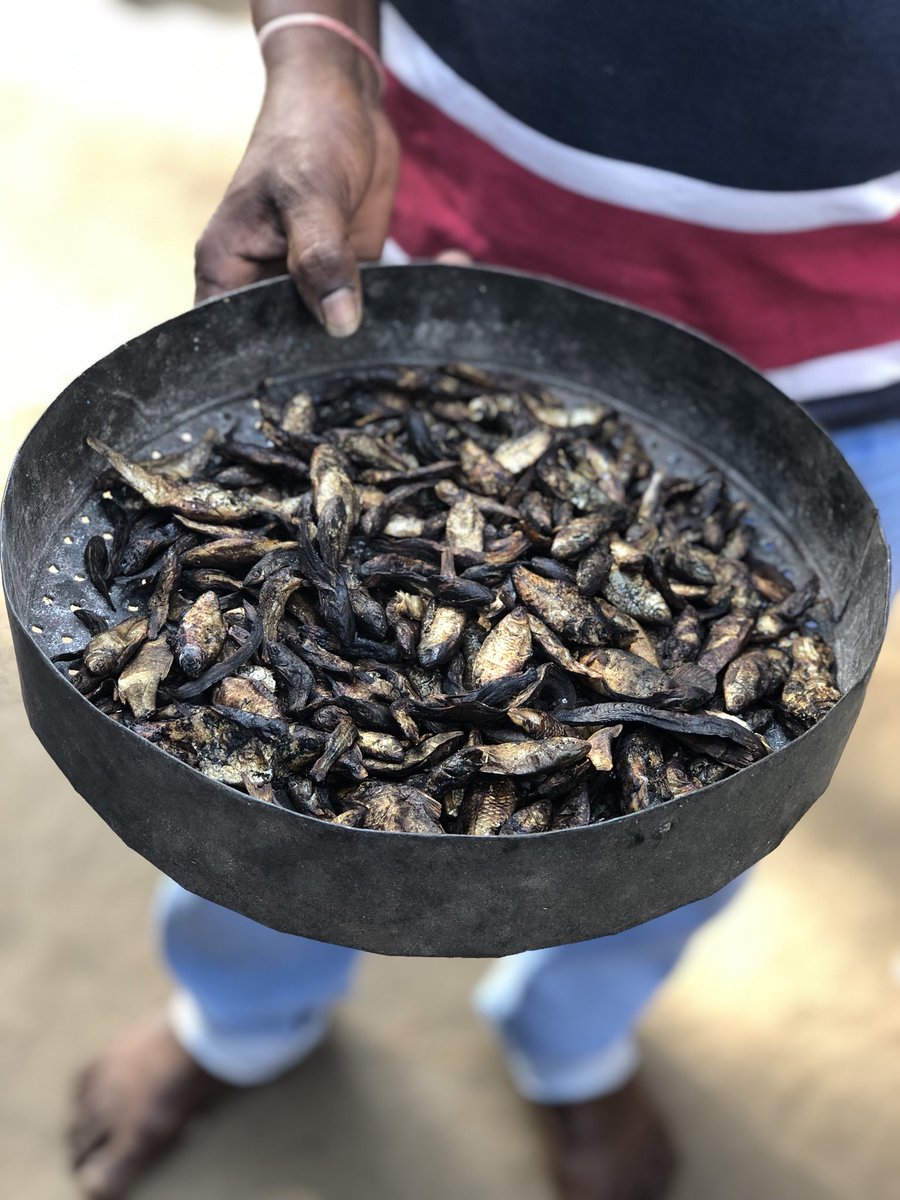
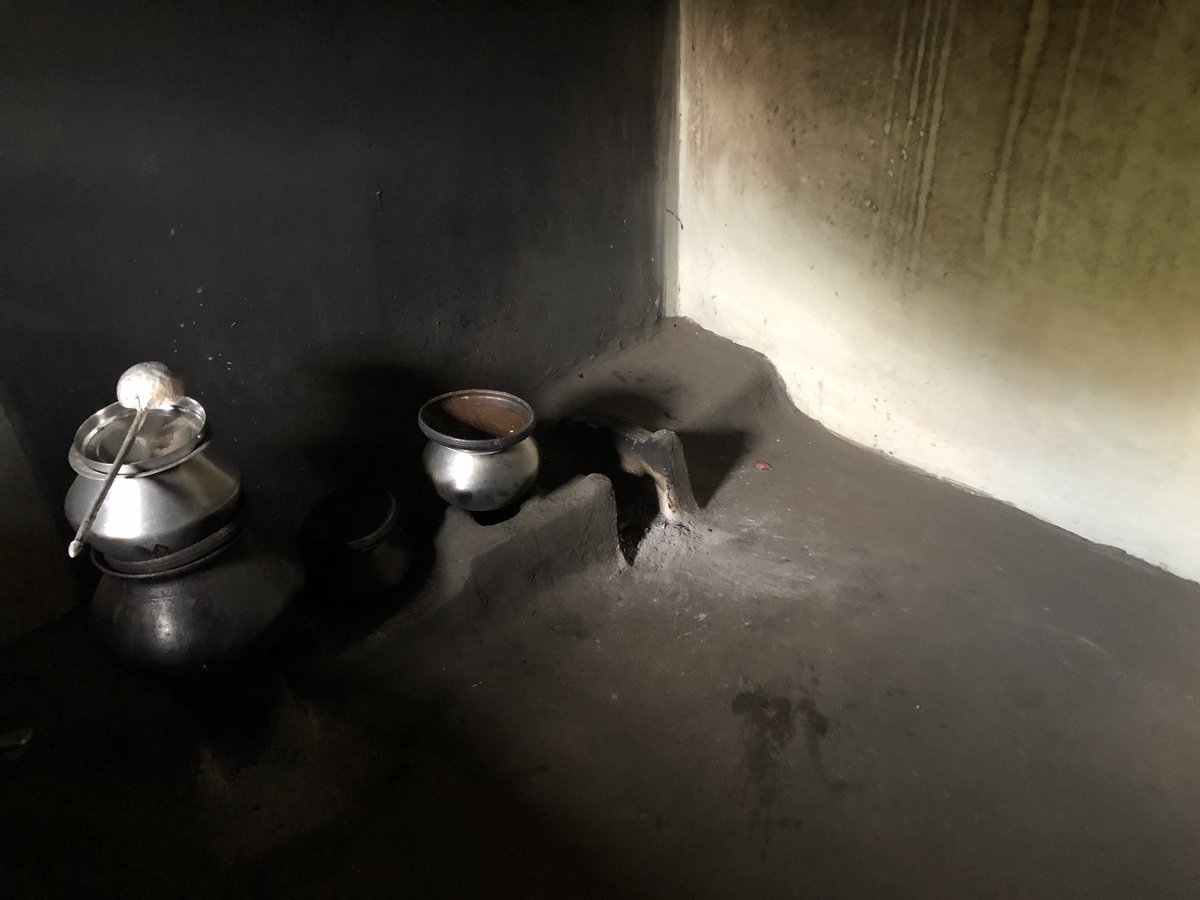
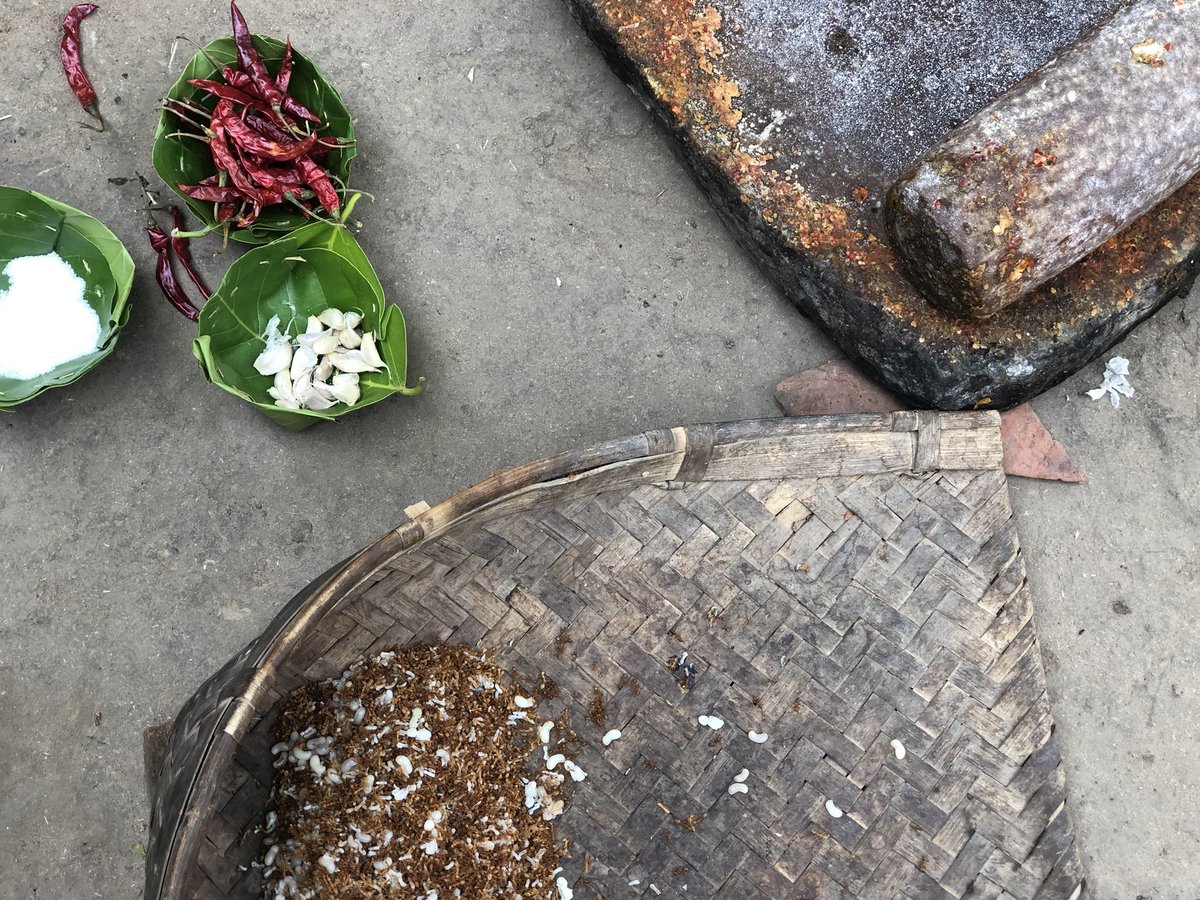
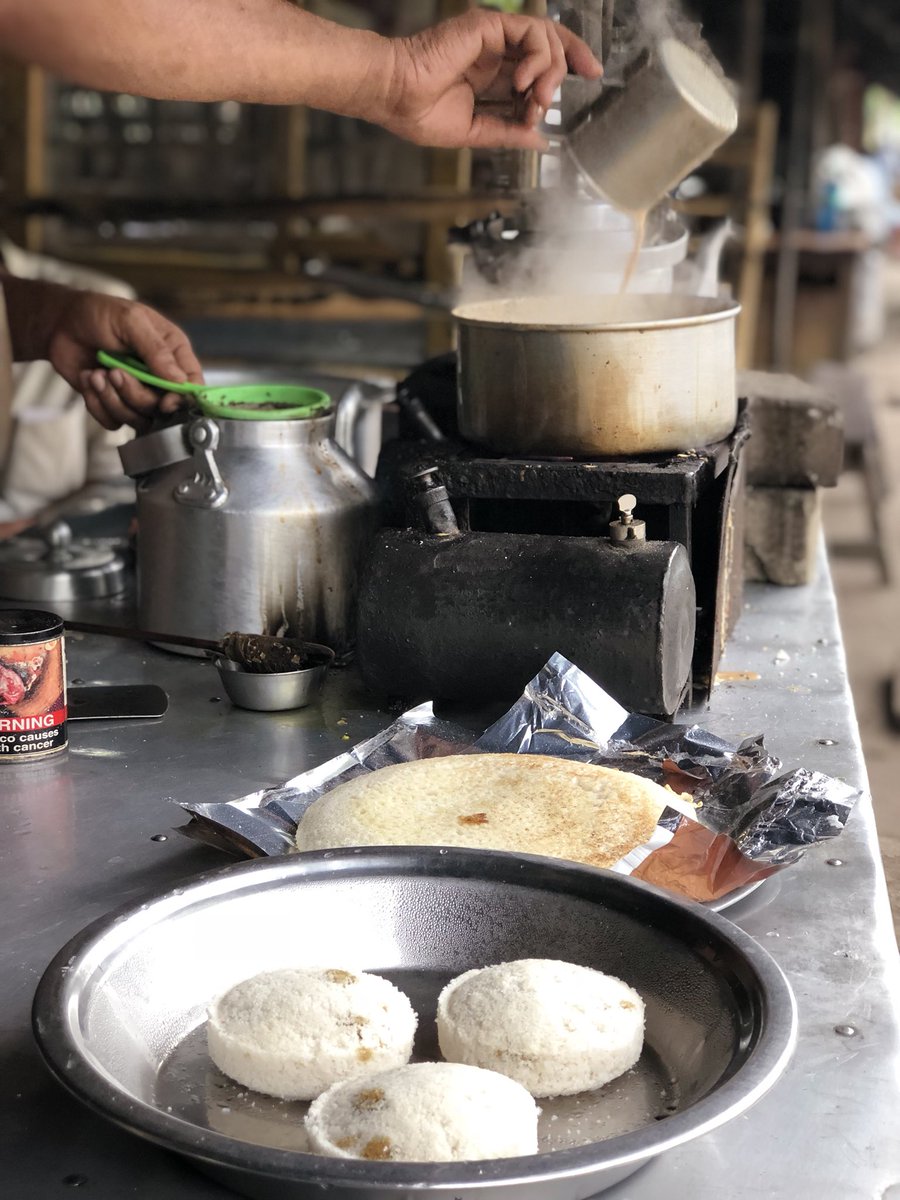
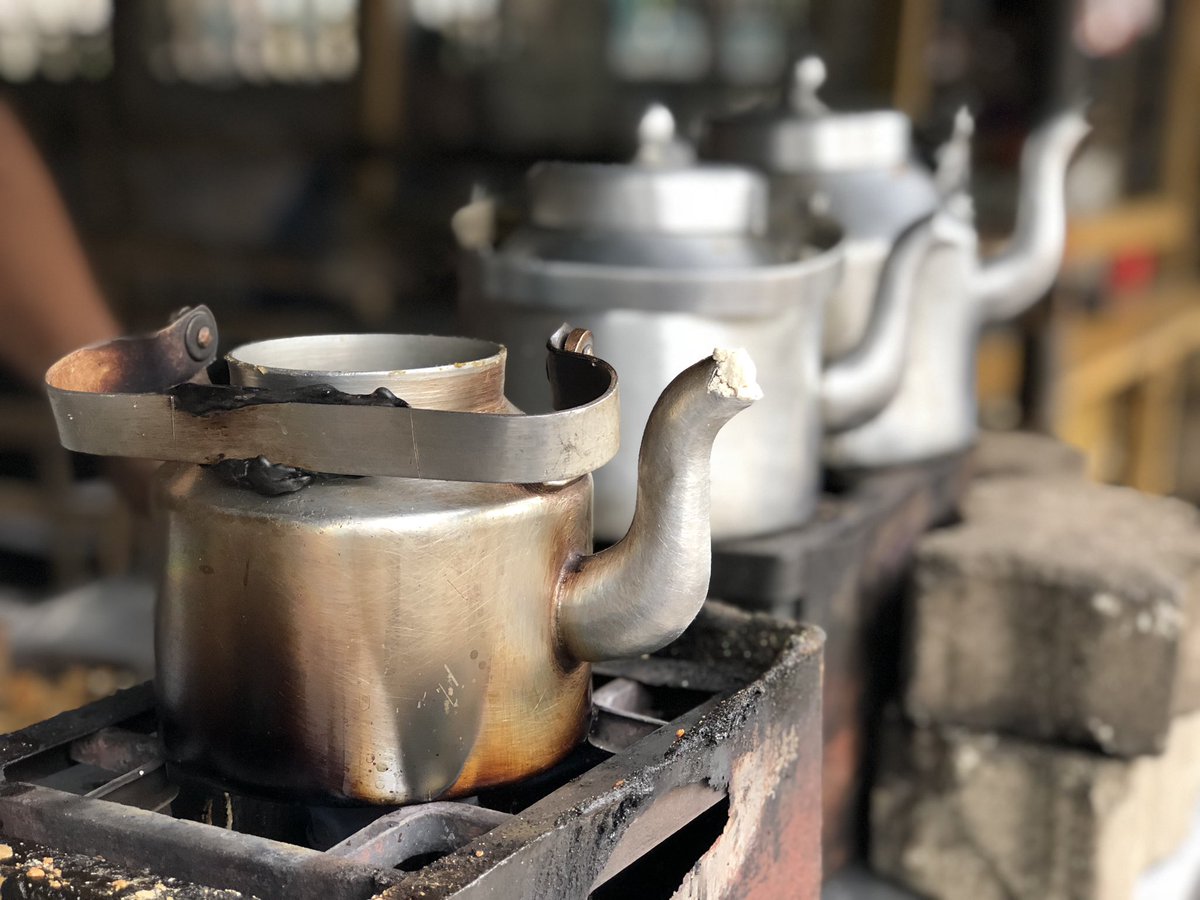
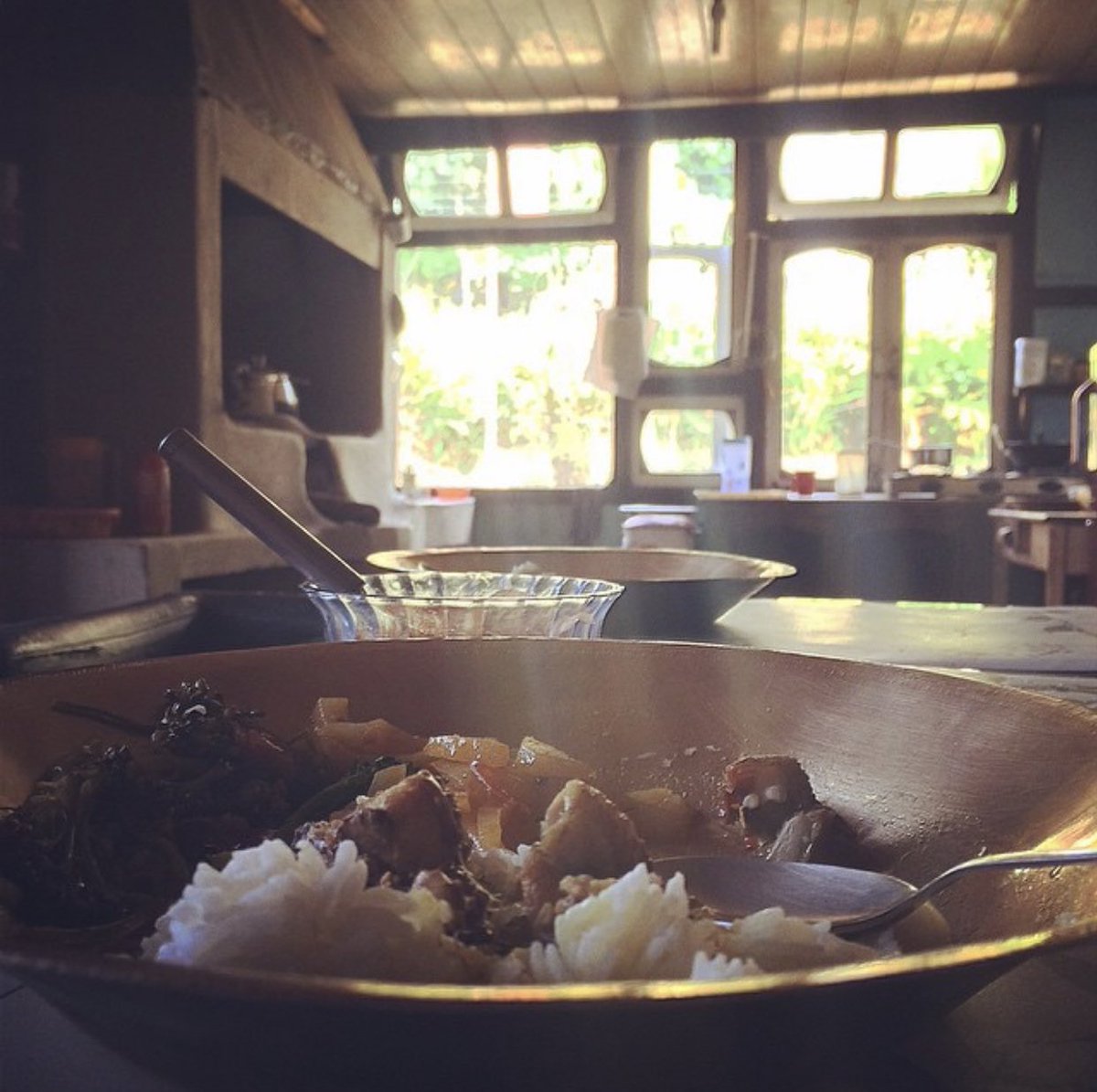
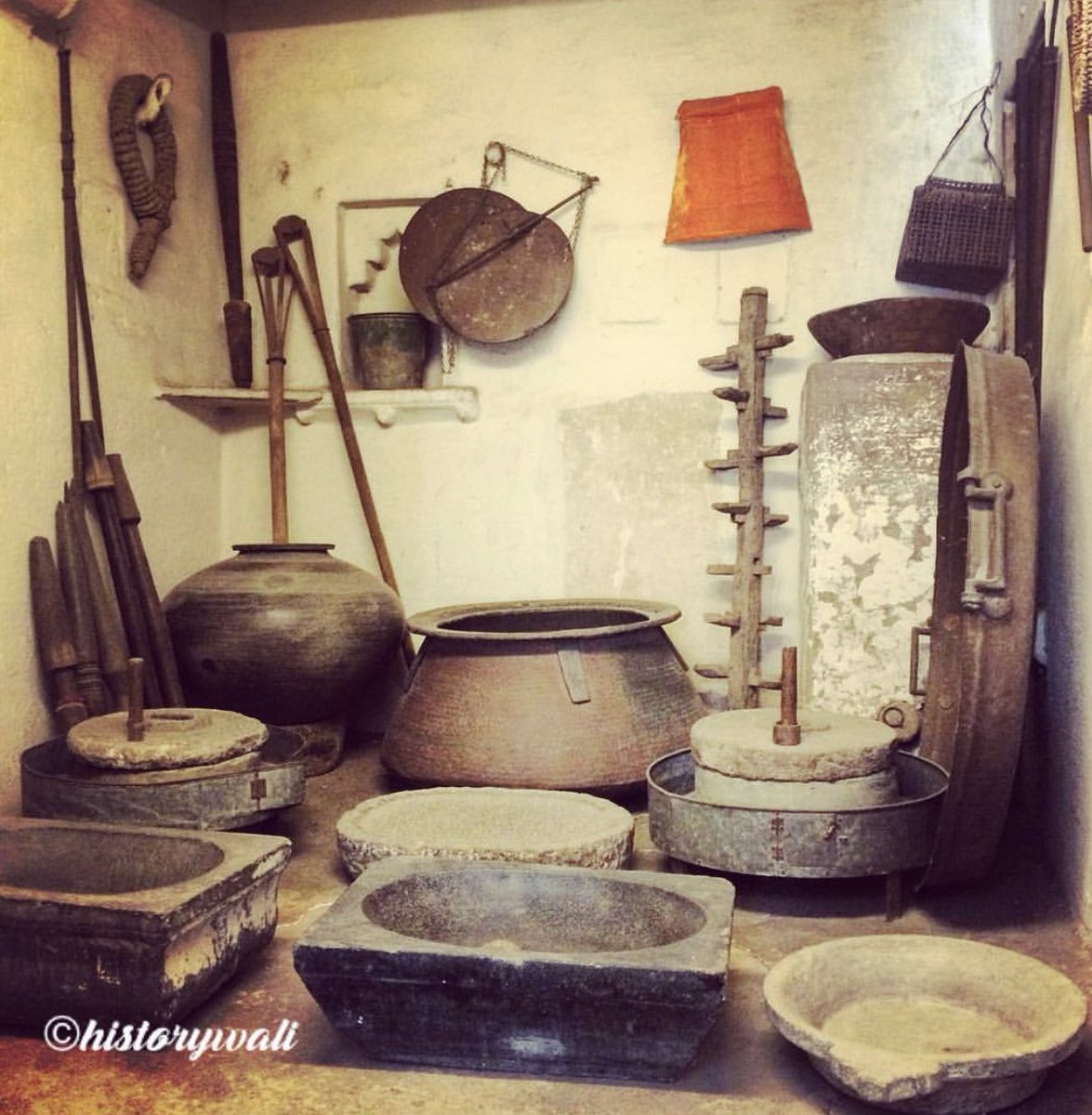
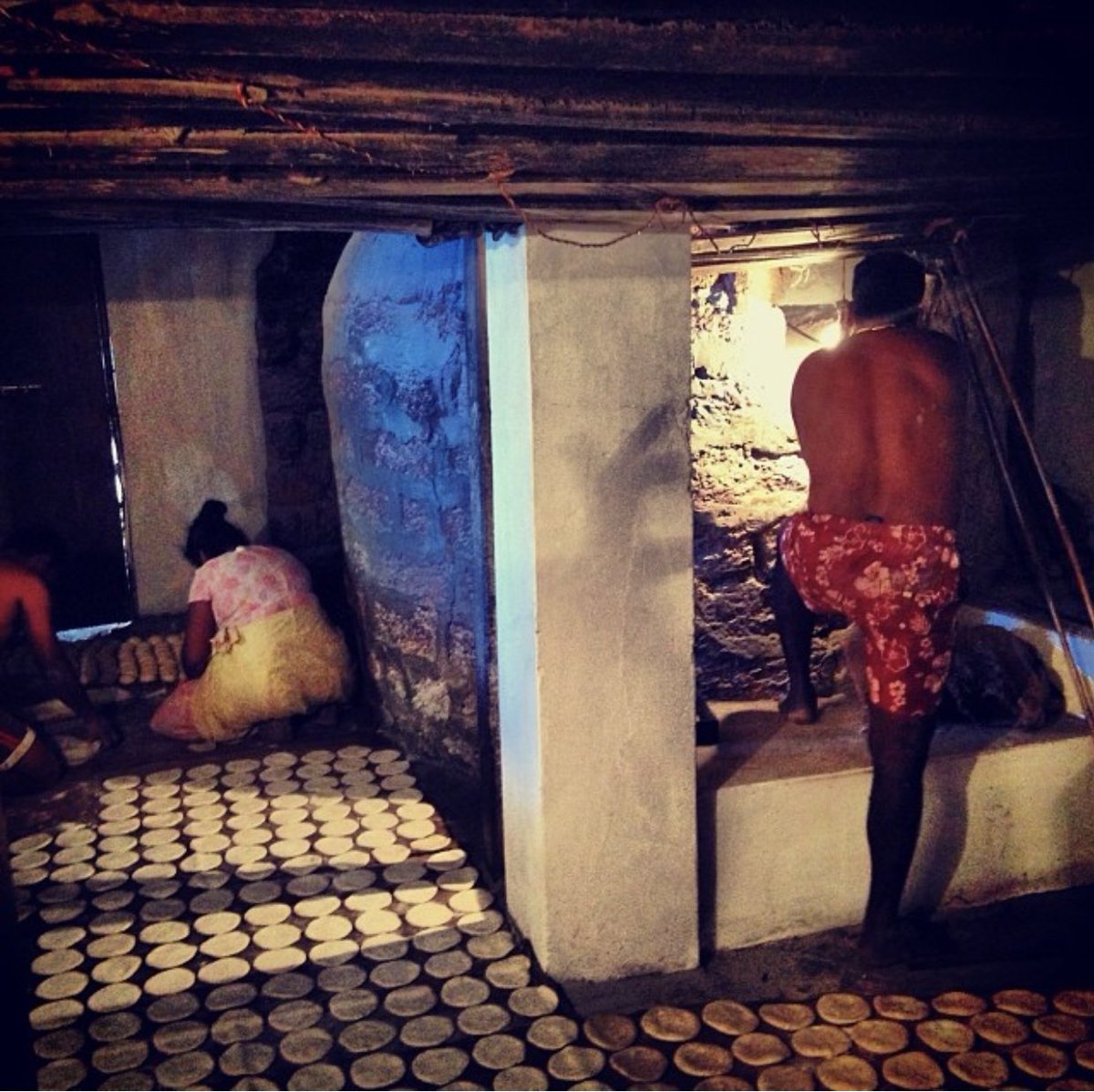
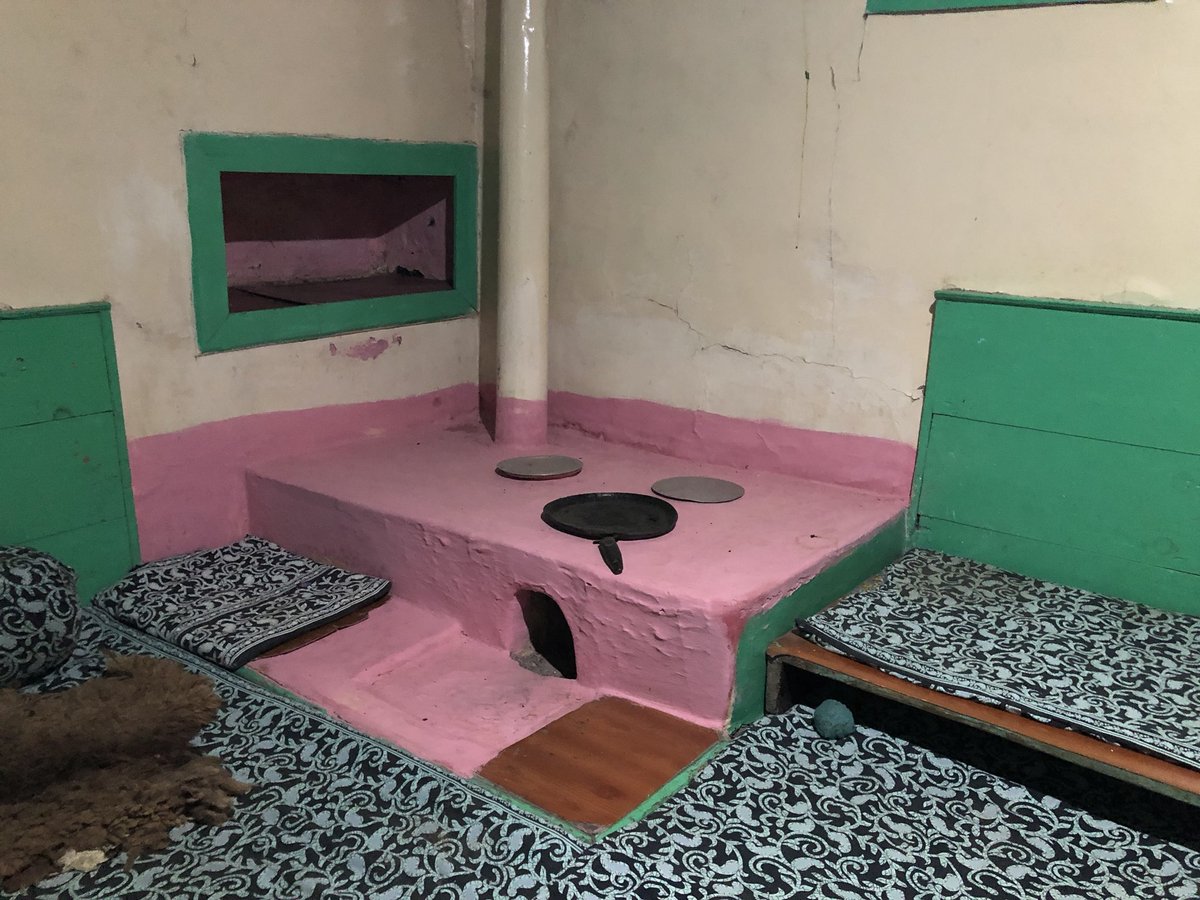
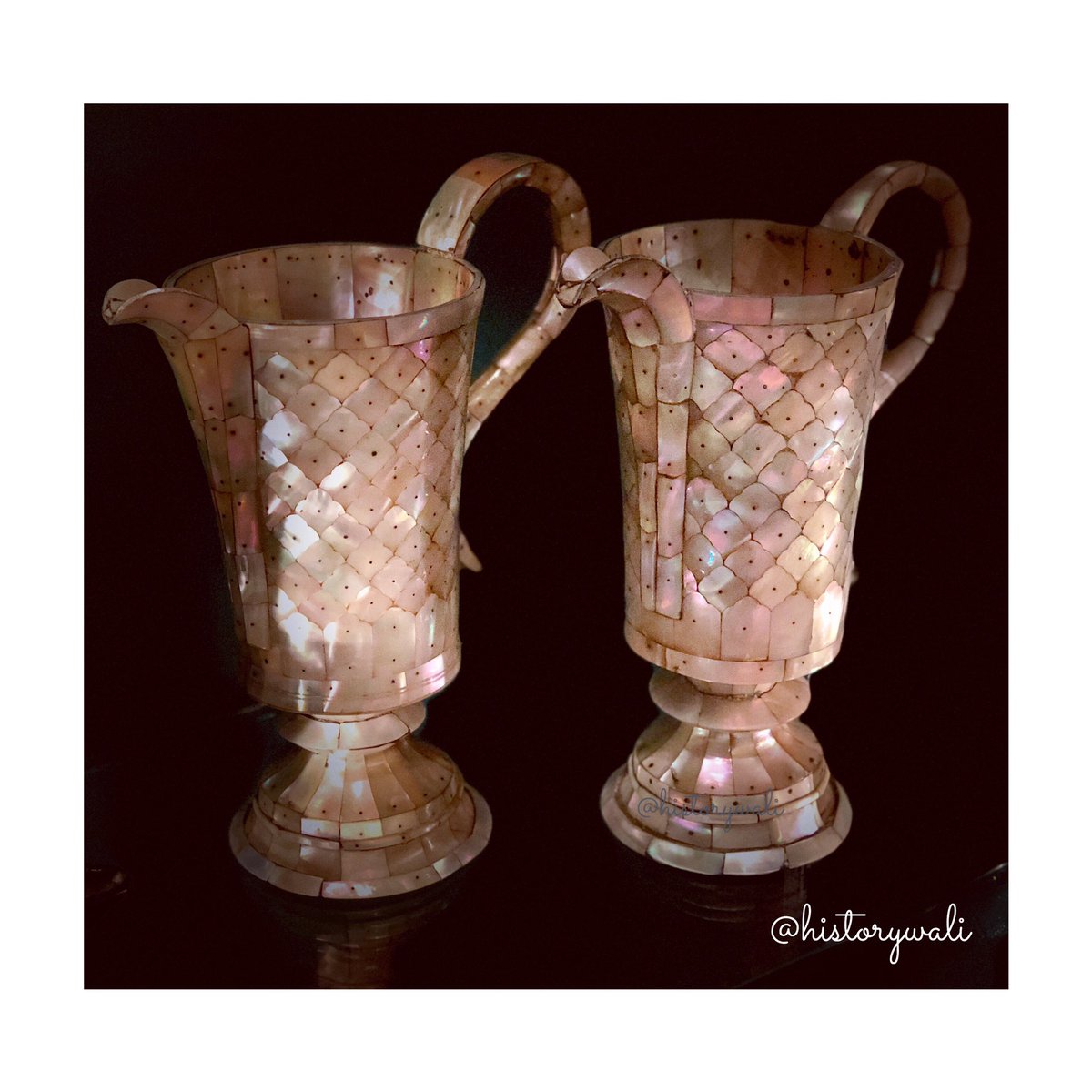
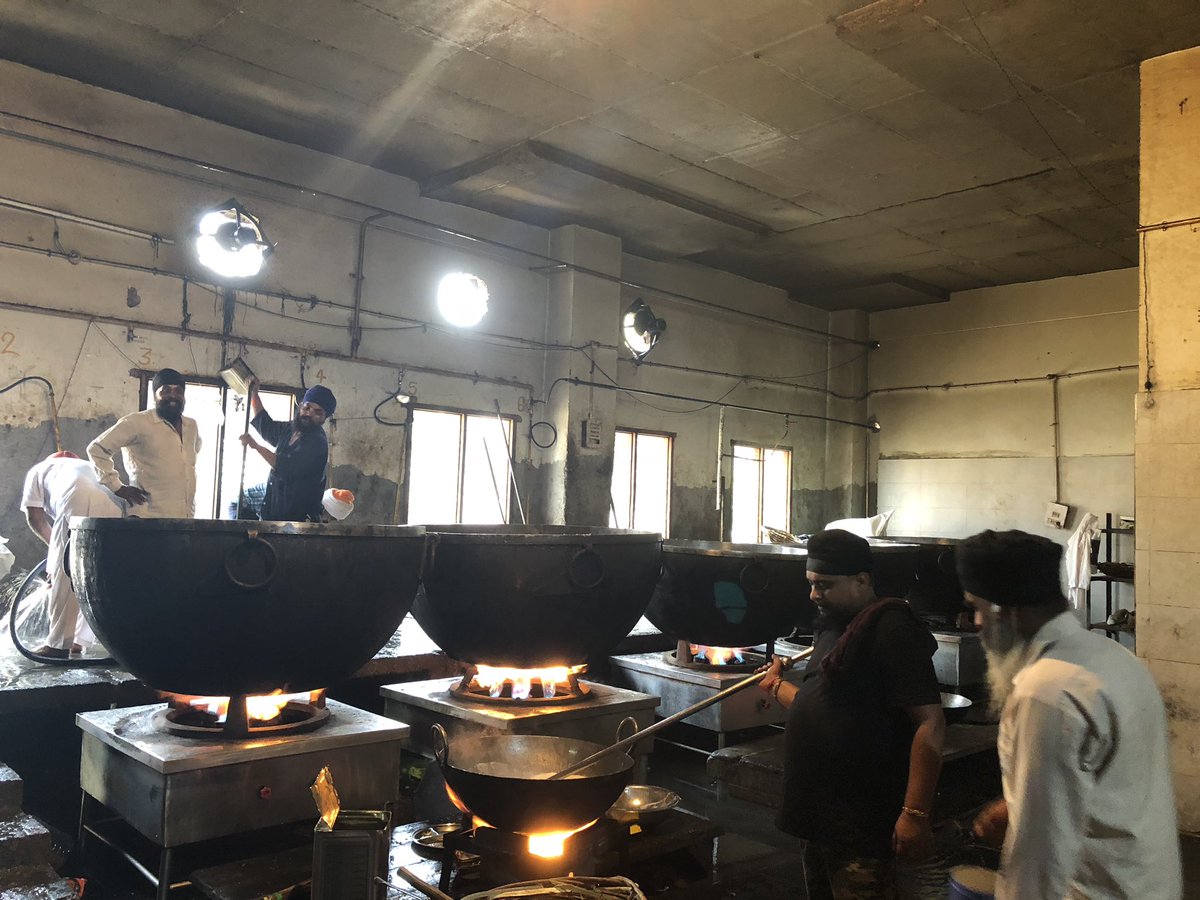
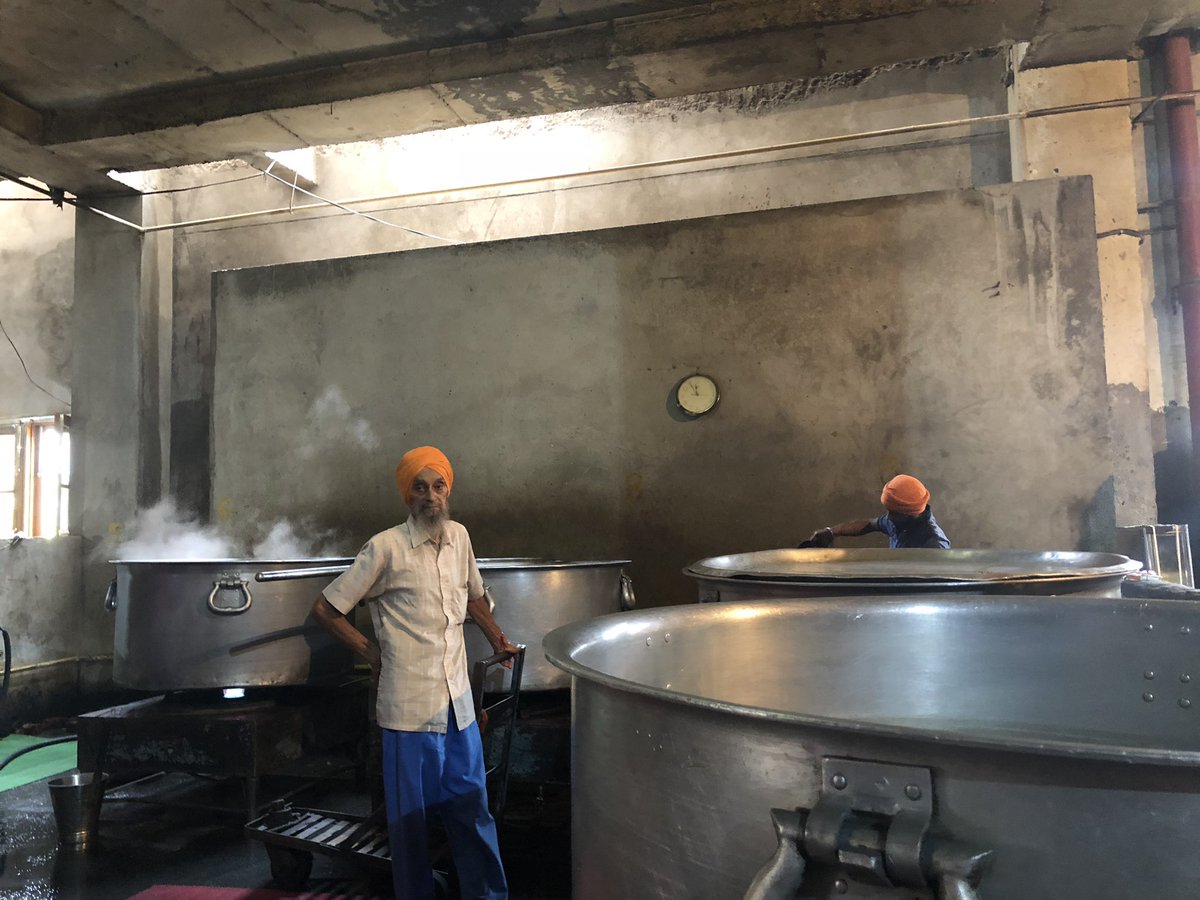
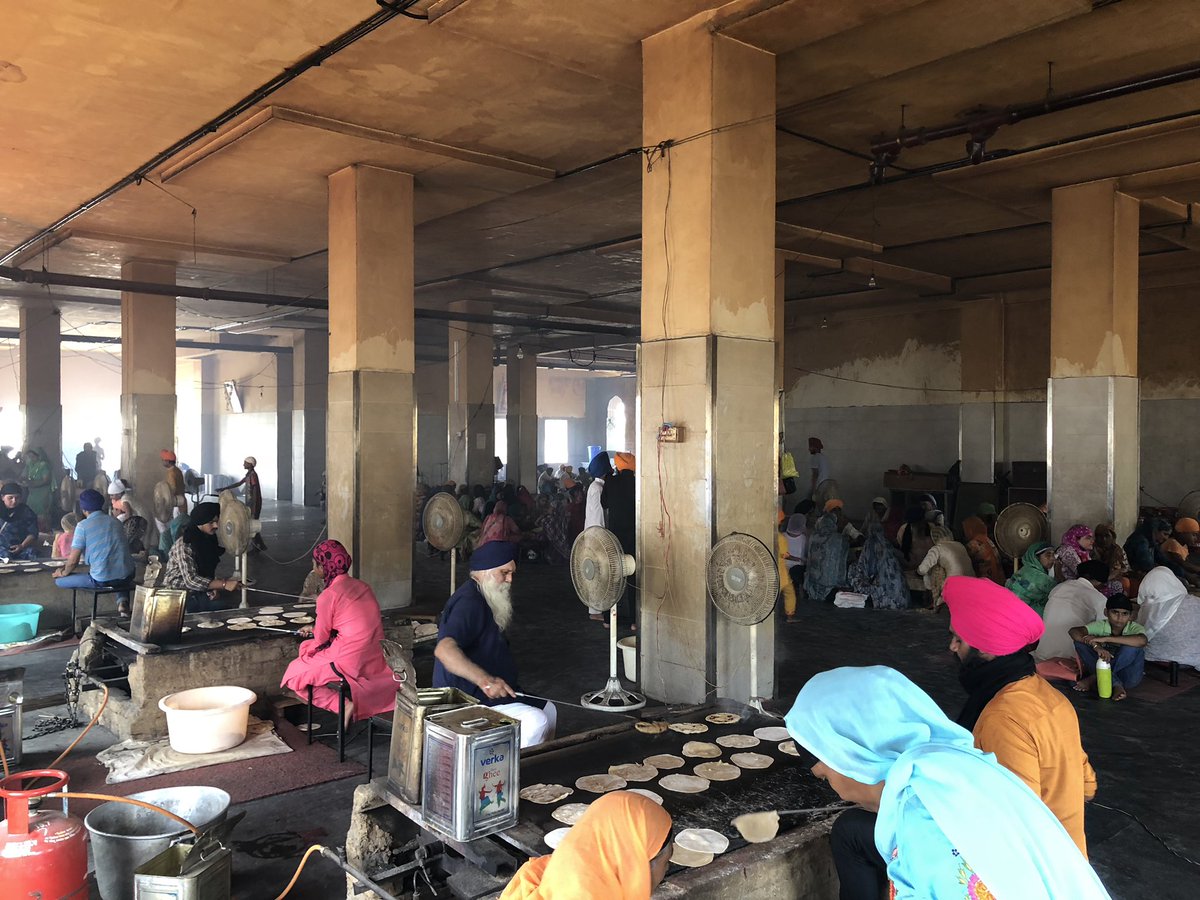
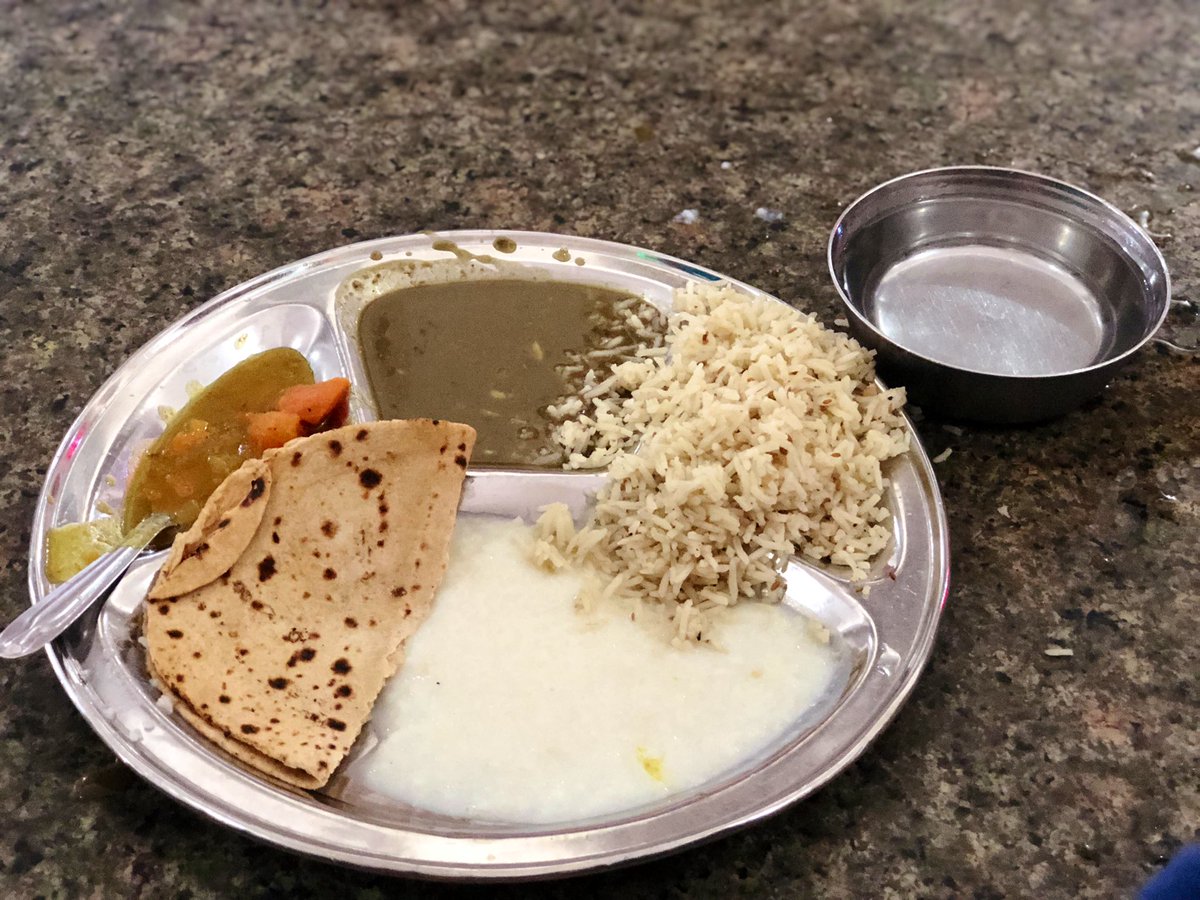
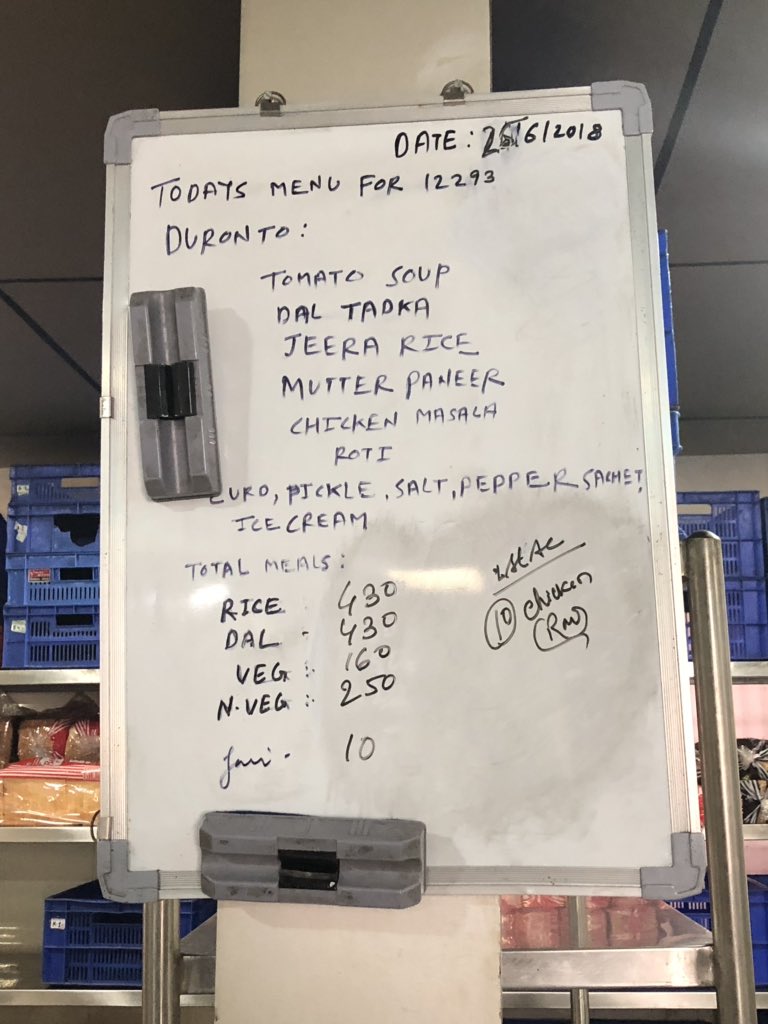
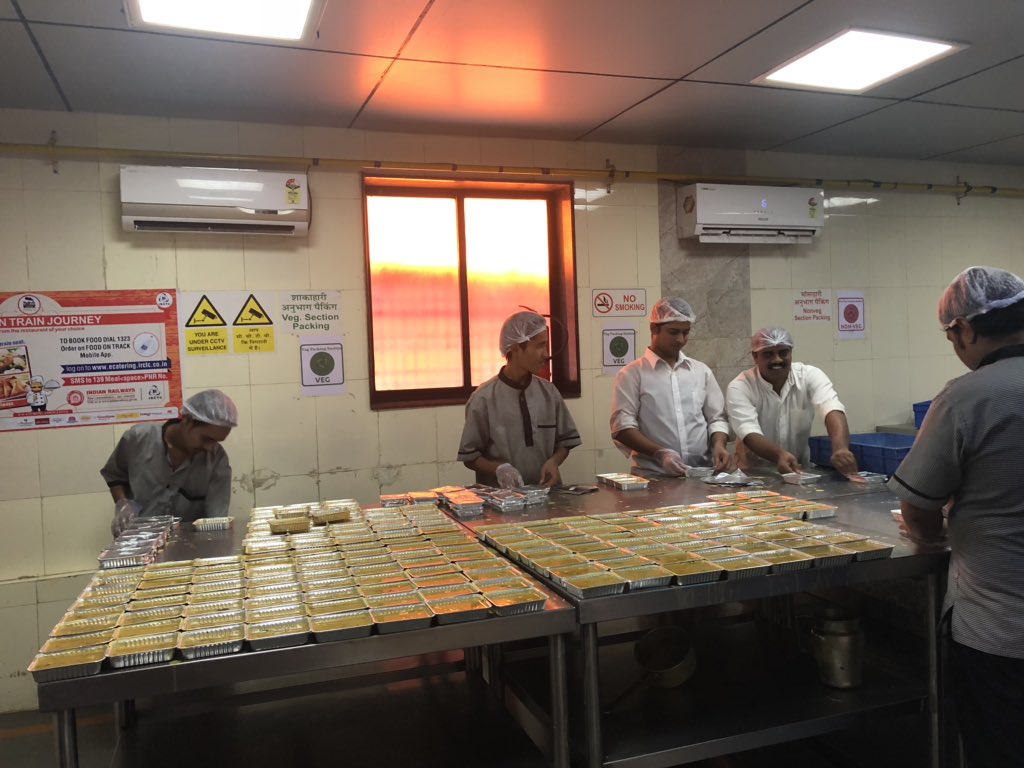
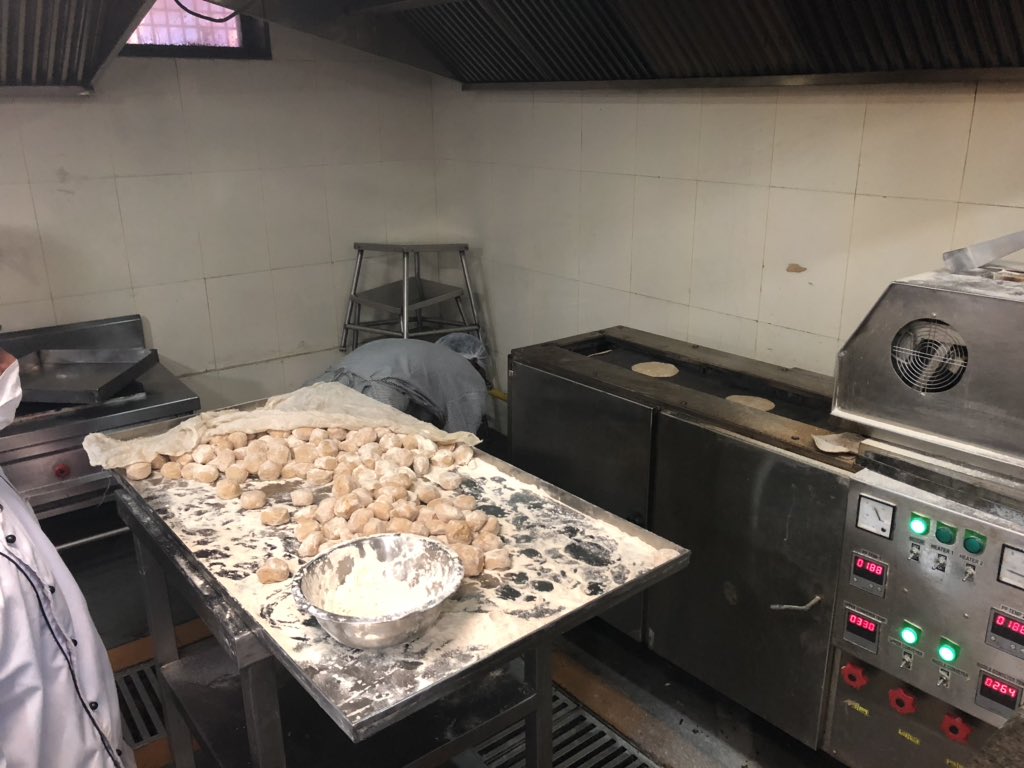
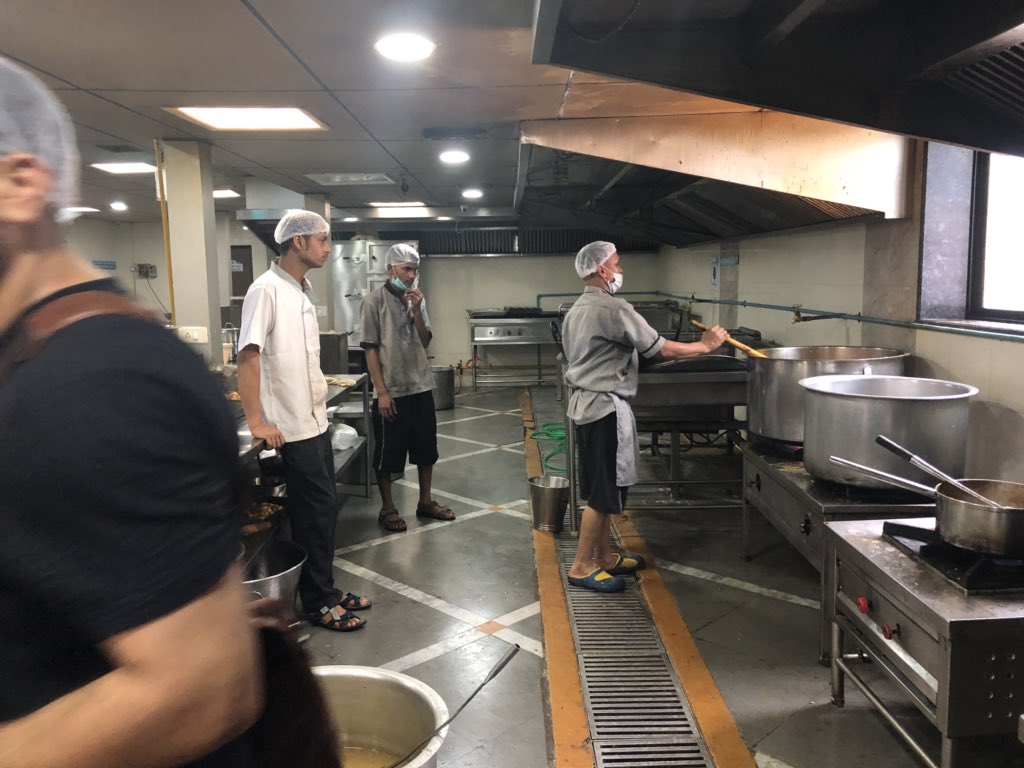
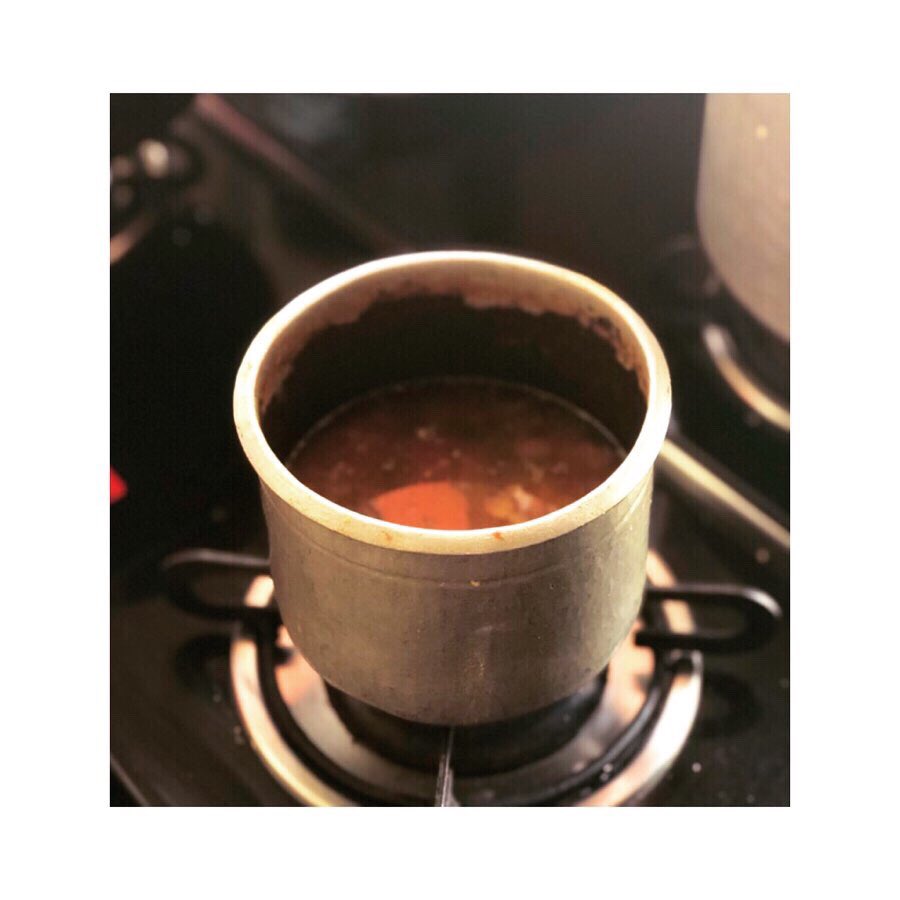
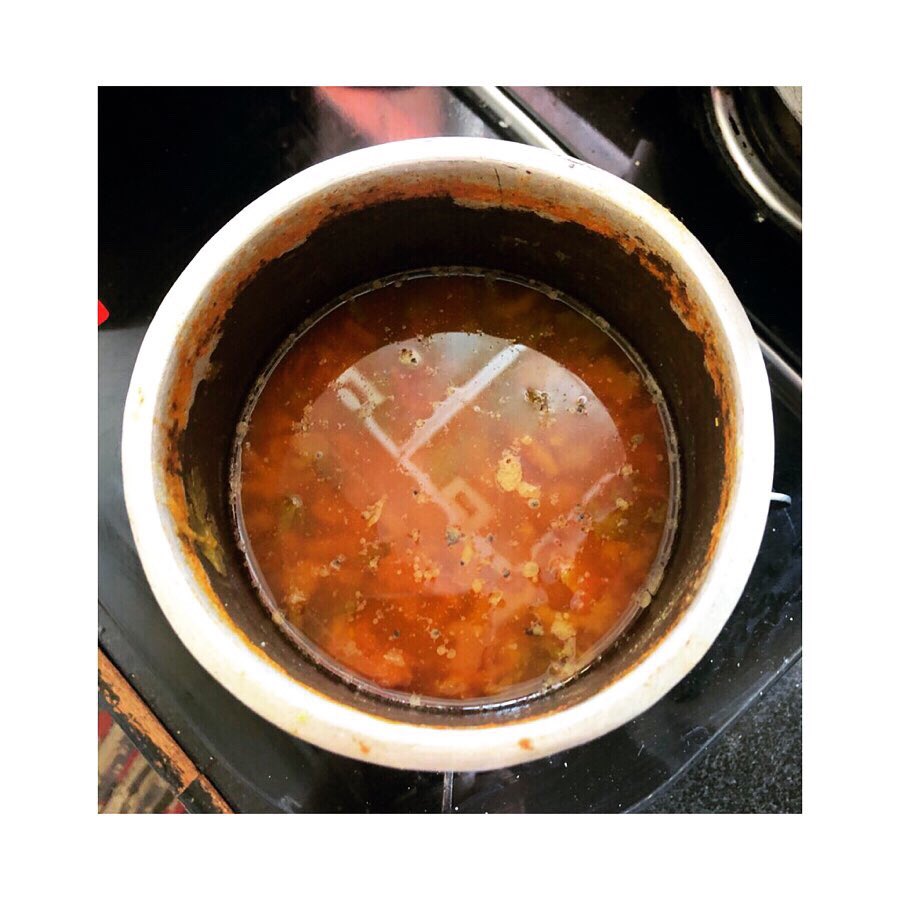

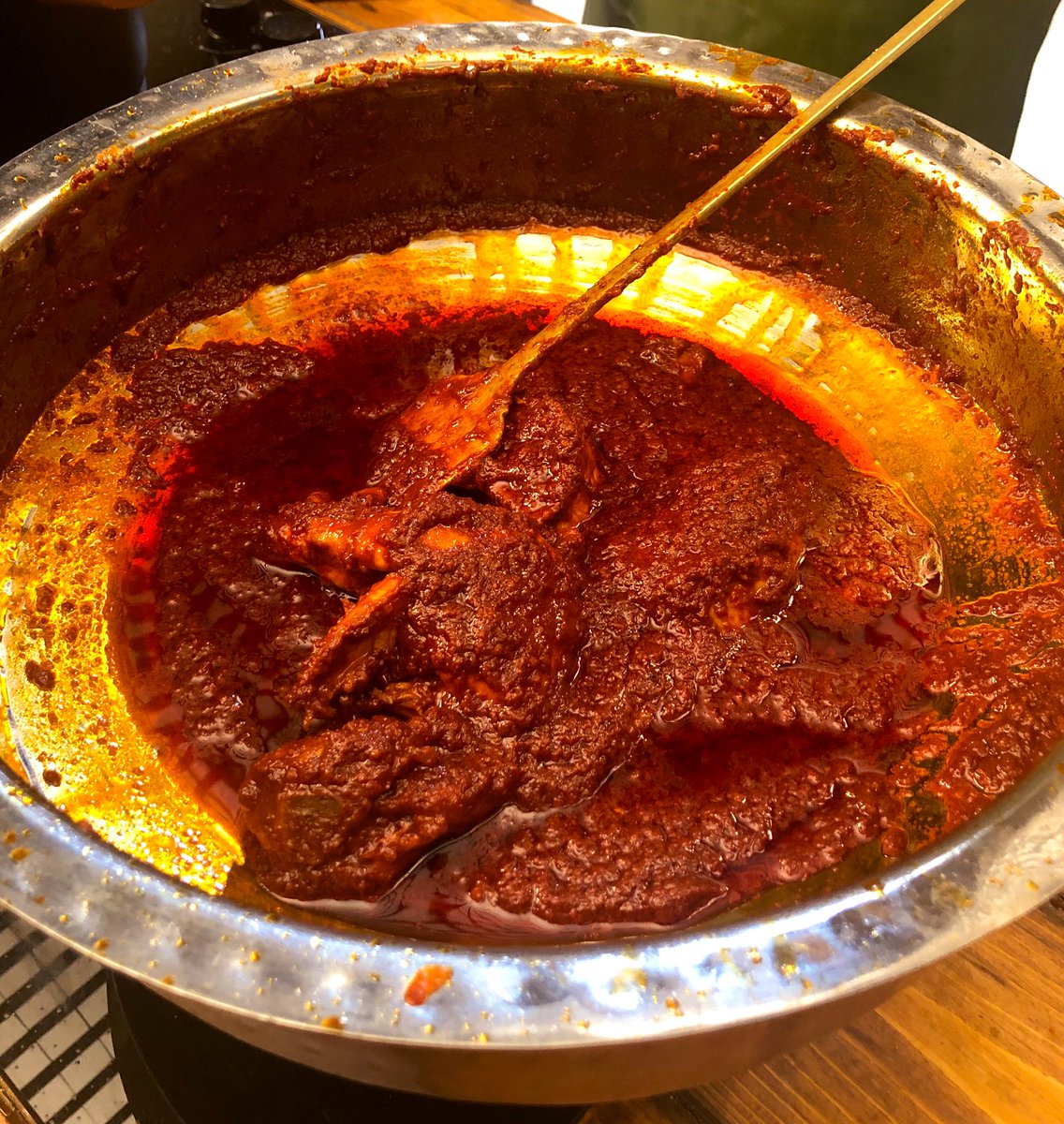
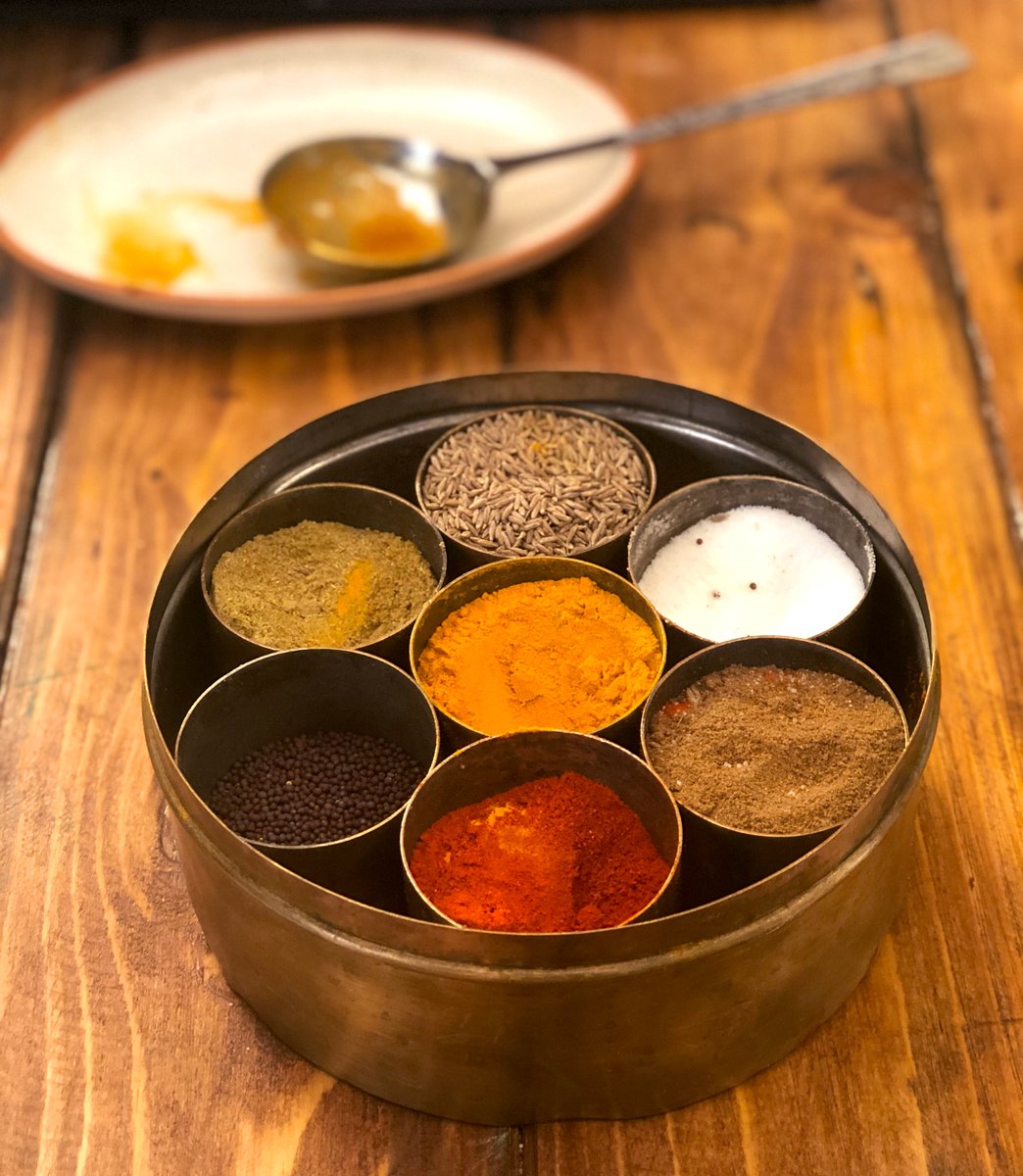
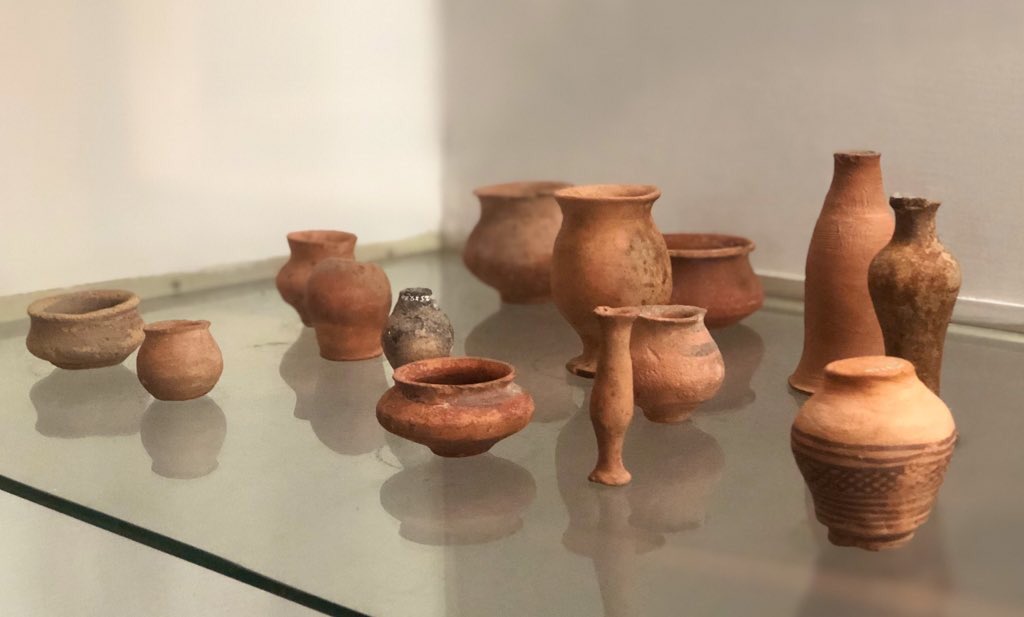
 .
.
